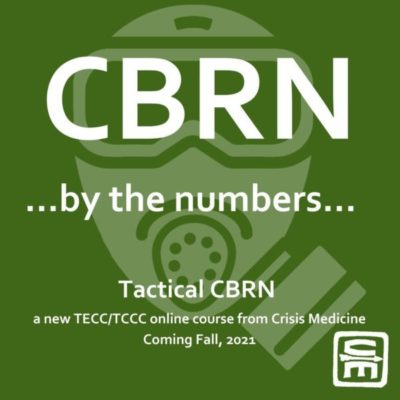
Chem Bio Rad Nuc by the numbers
- Posted by Mike Shertz MD/18D
- Categories Tactical CBRN
🕖 Reading Time, 9 minutes
The use of chemical warfare agents is not only relegated to WWI: The US Department of Homeland Security – FEMA, Co-TCCC, are both currently working on chemical warfare/agent casualty management guidelines, and the Committee for Tactical Emergency Casualty Care published guidelines on 16 August 2021. With the offensive use of chlorine, sulfur mustard, and nerve agents in Syria & Iraq over the last several years, chemical warfare is a current problem. This new course from Crisis Medicine covers agents of concern, how they generate casualties, their clinical presentation, and exactly what to do to optimally manage and treat the casualty in front of you.

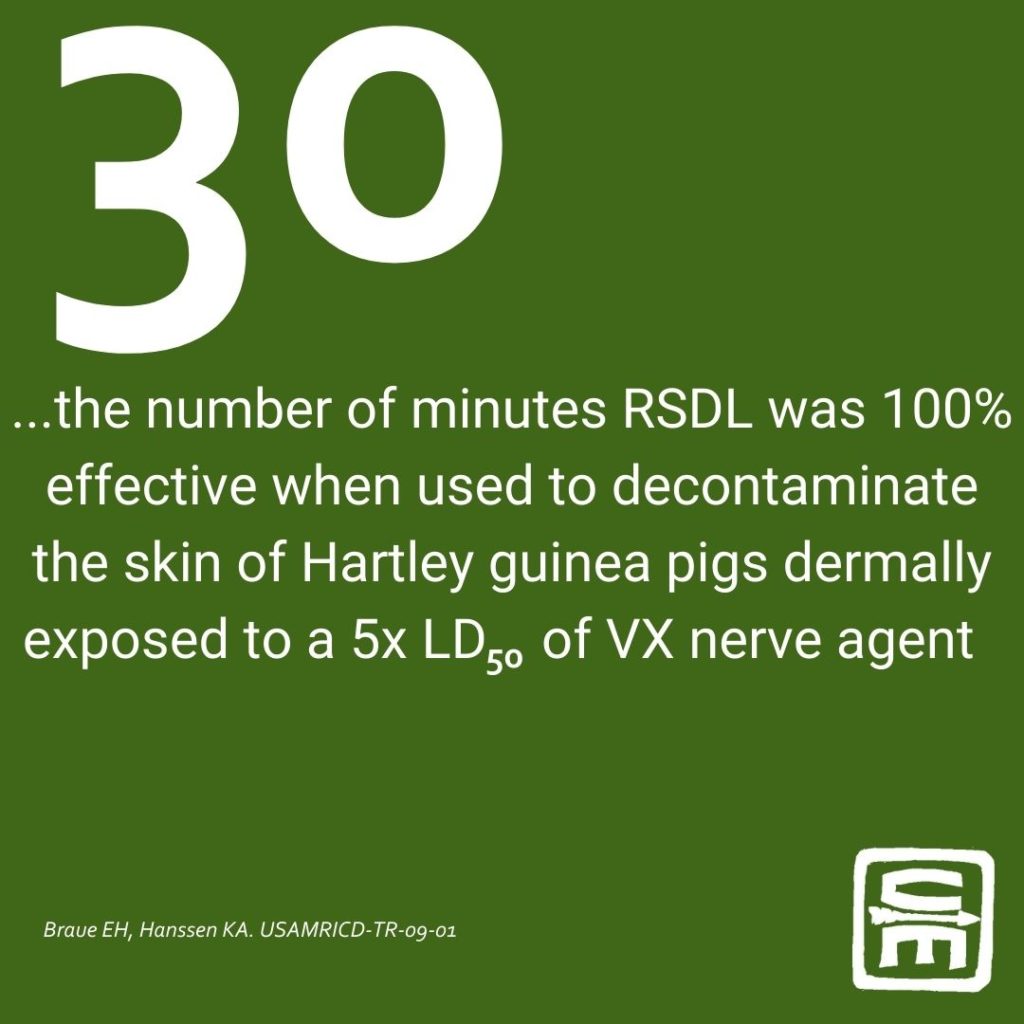
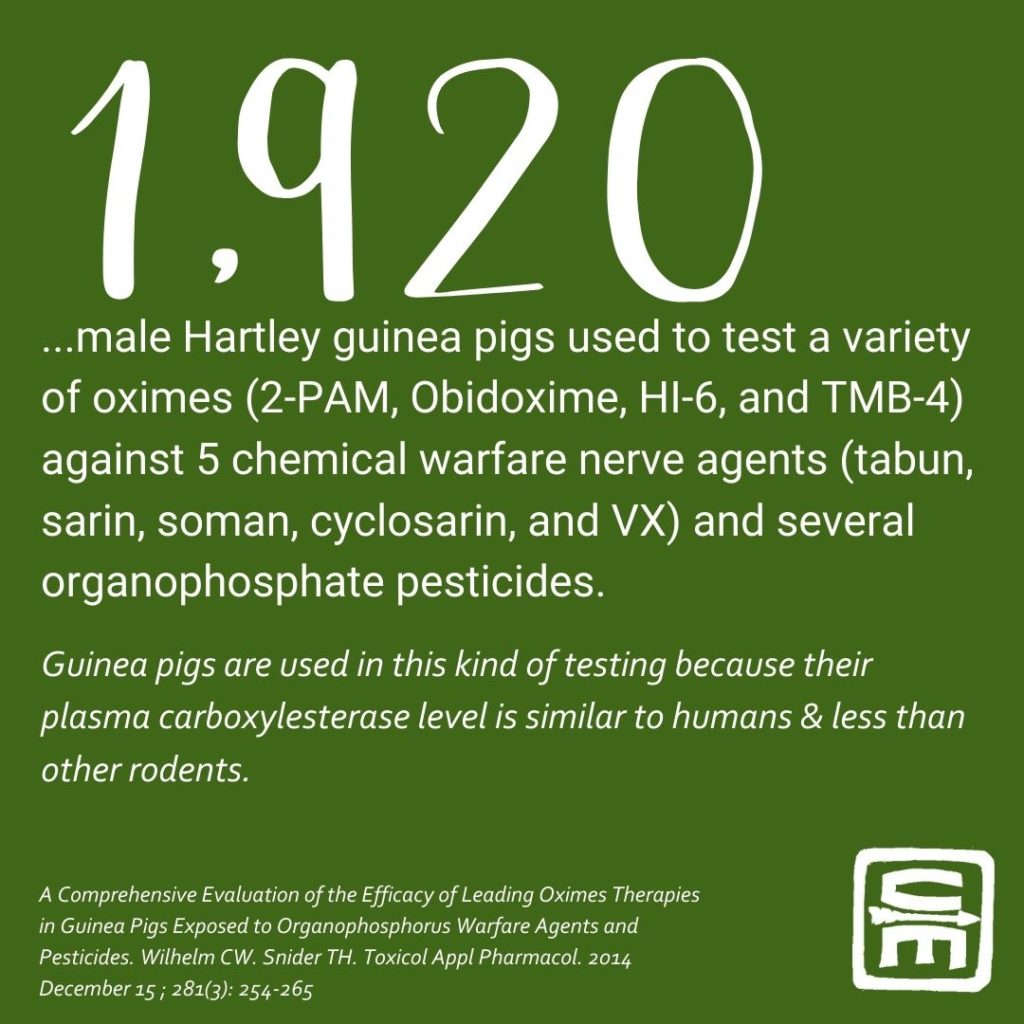
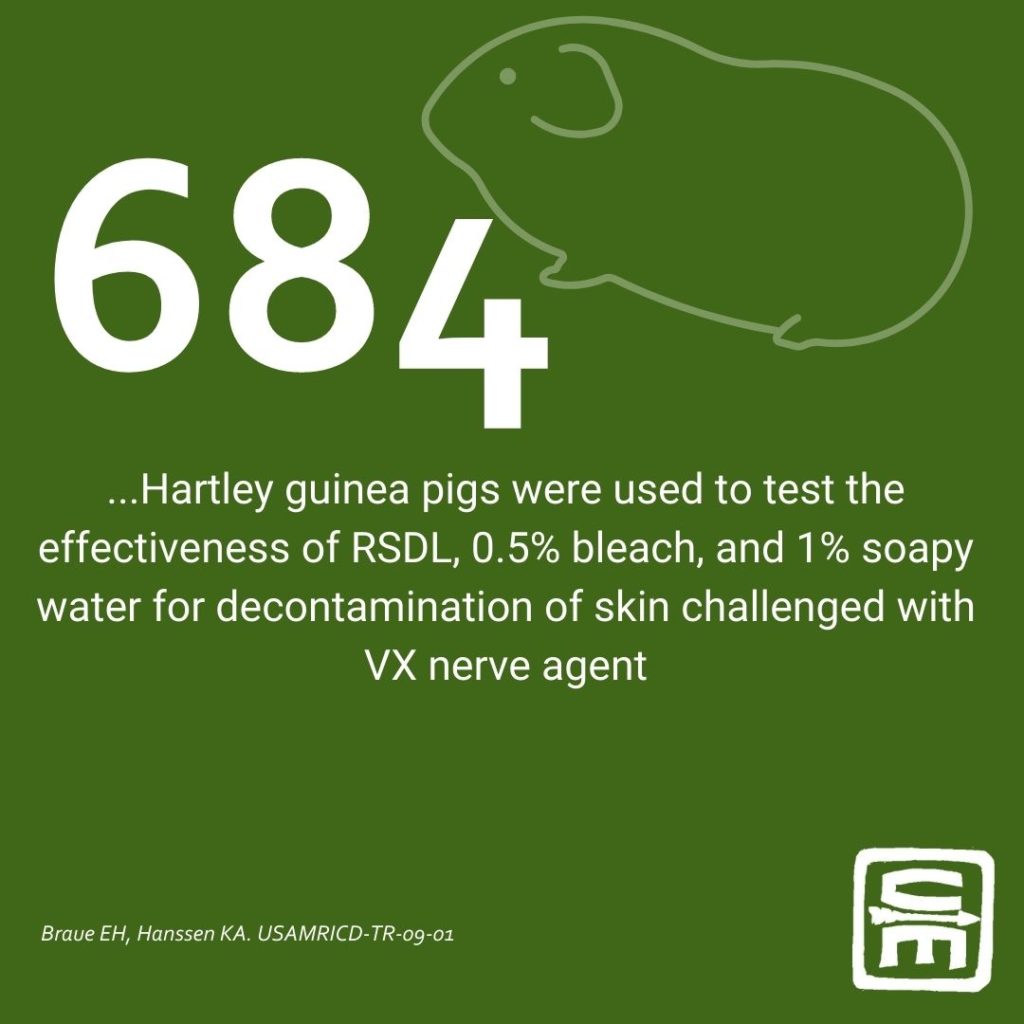
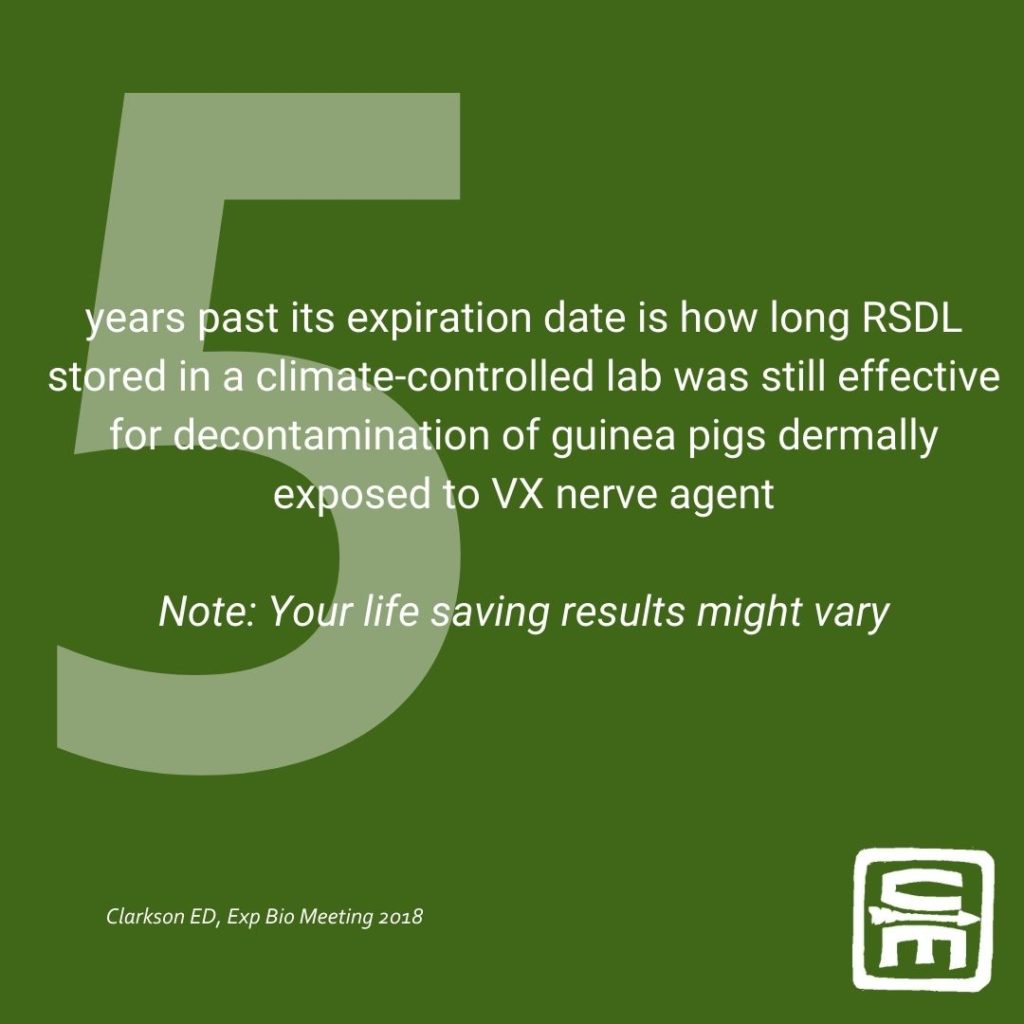

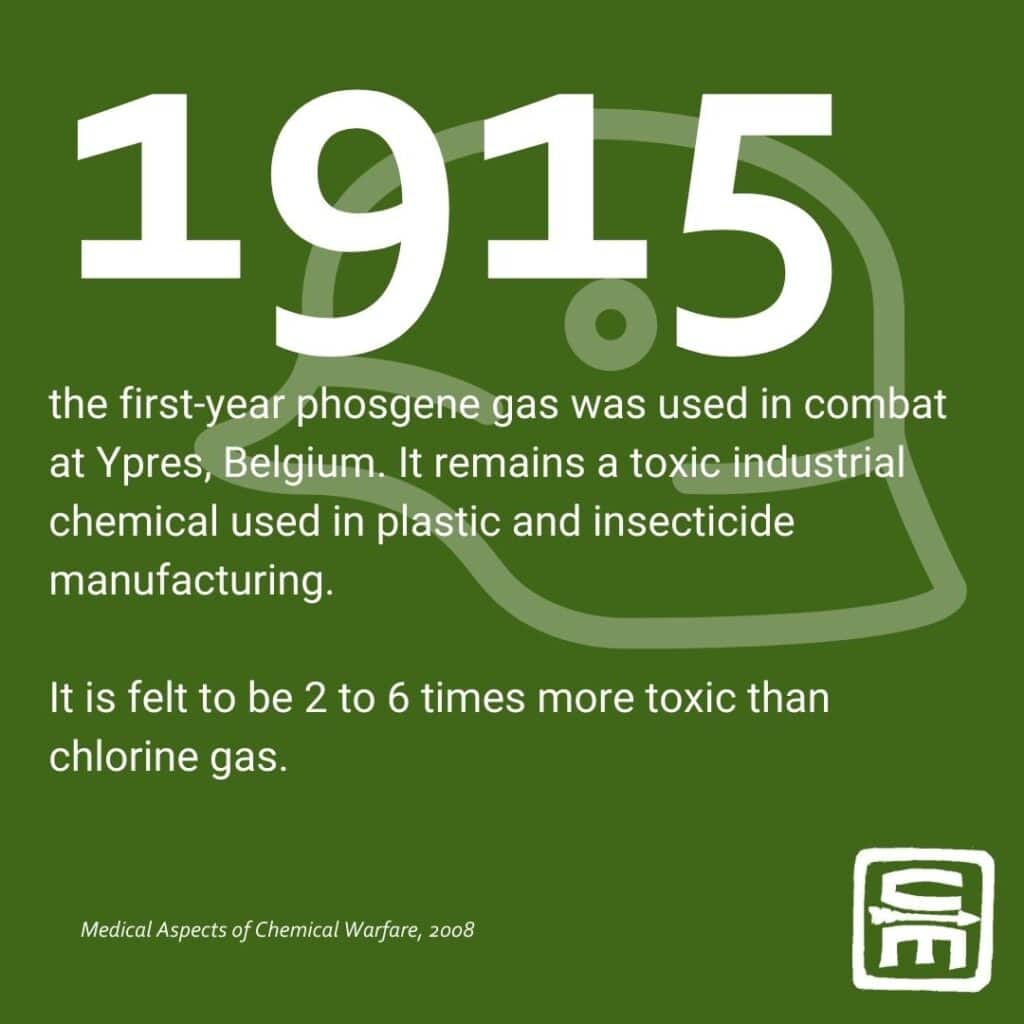
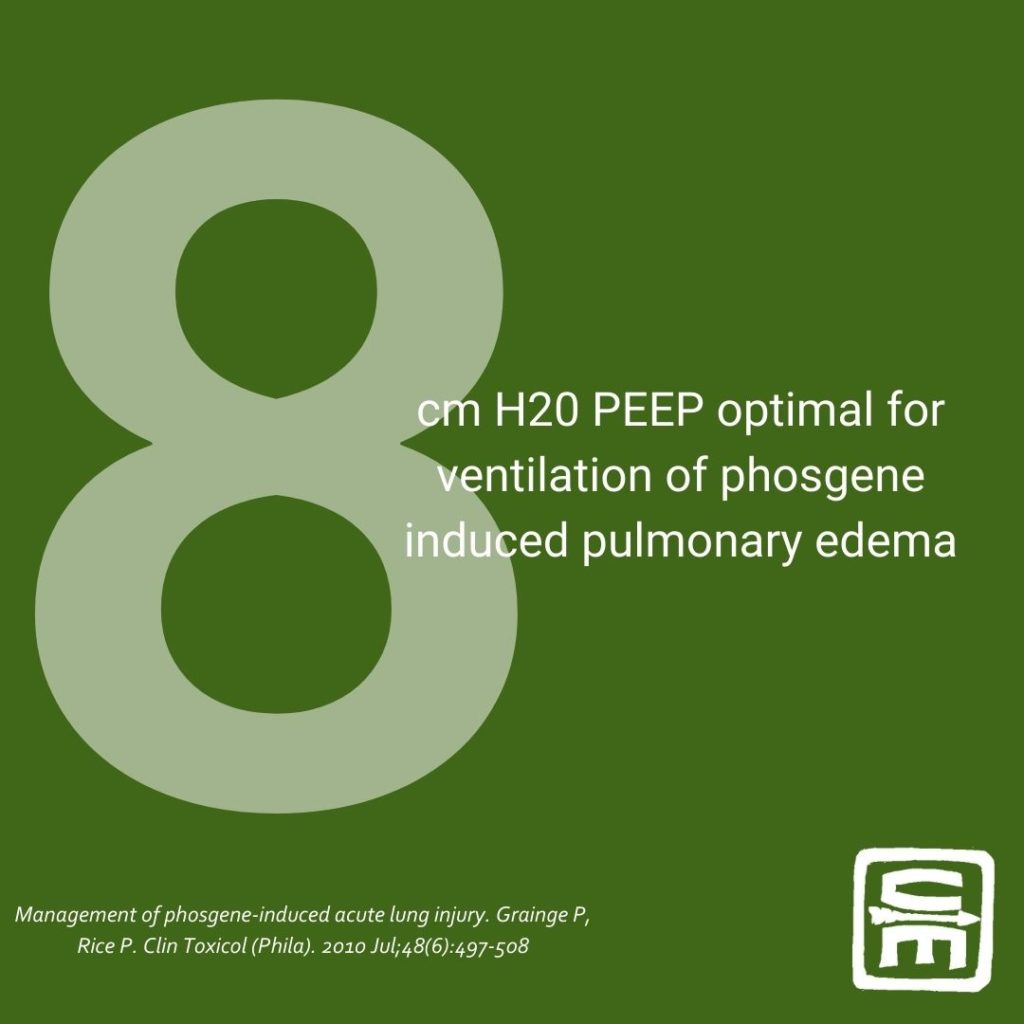
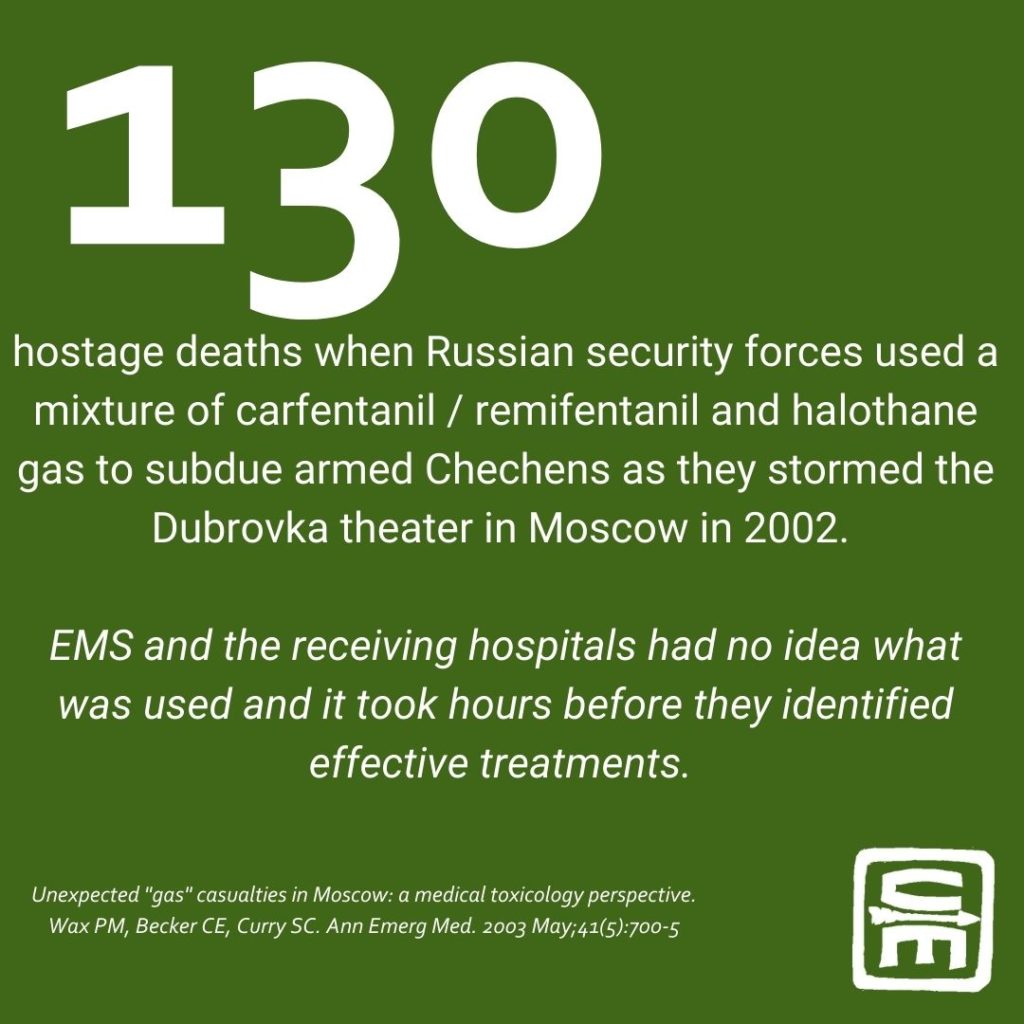
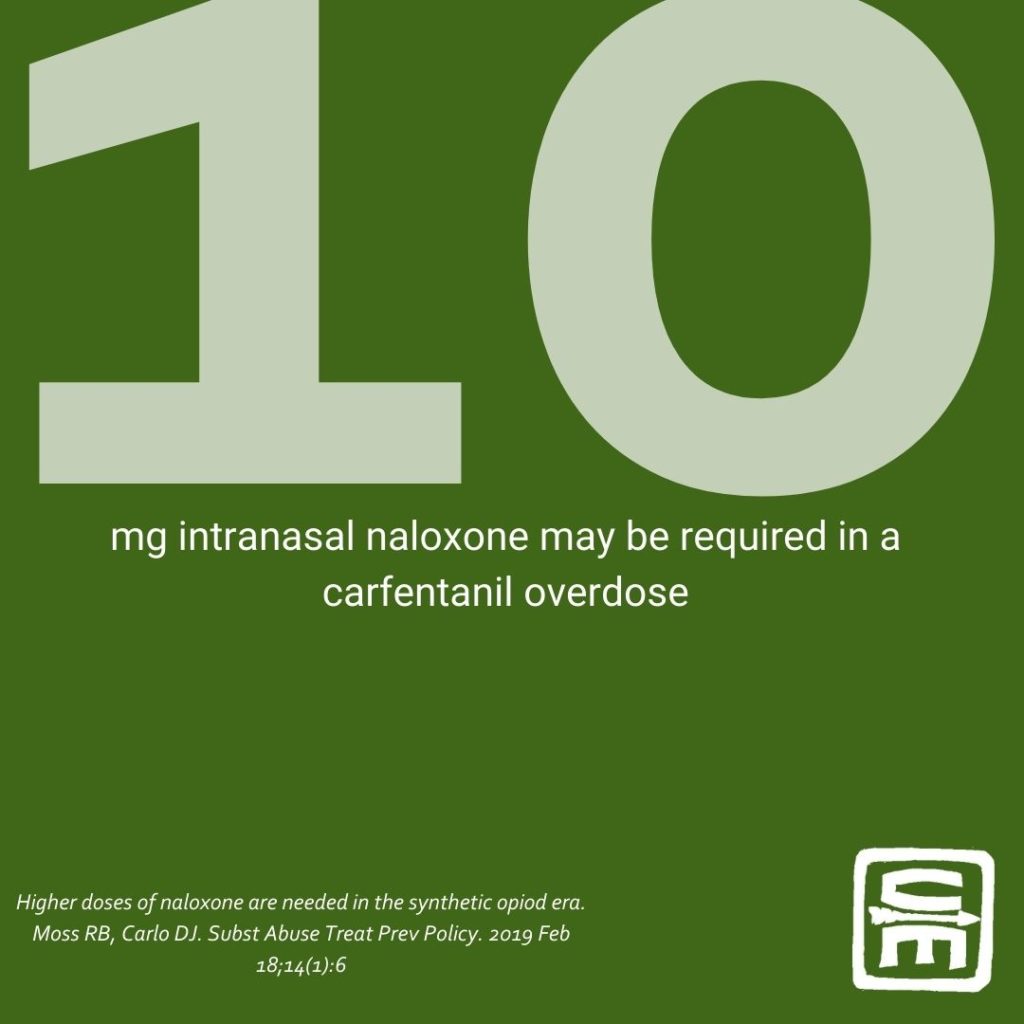
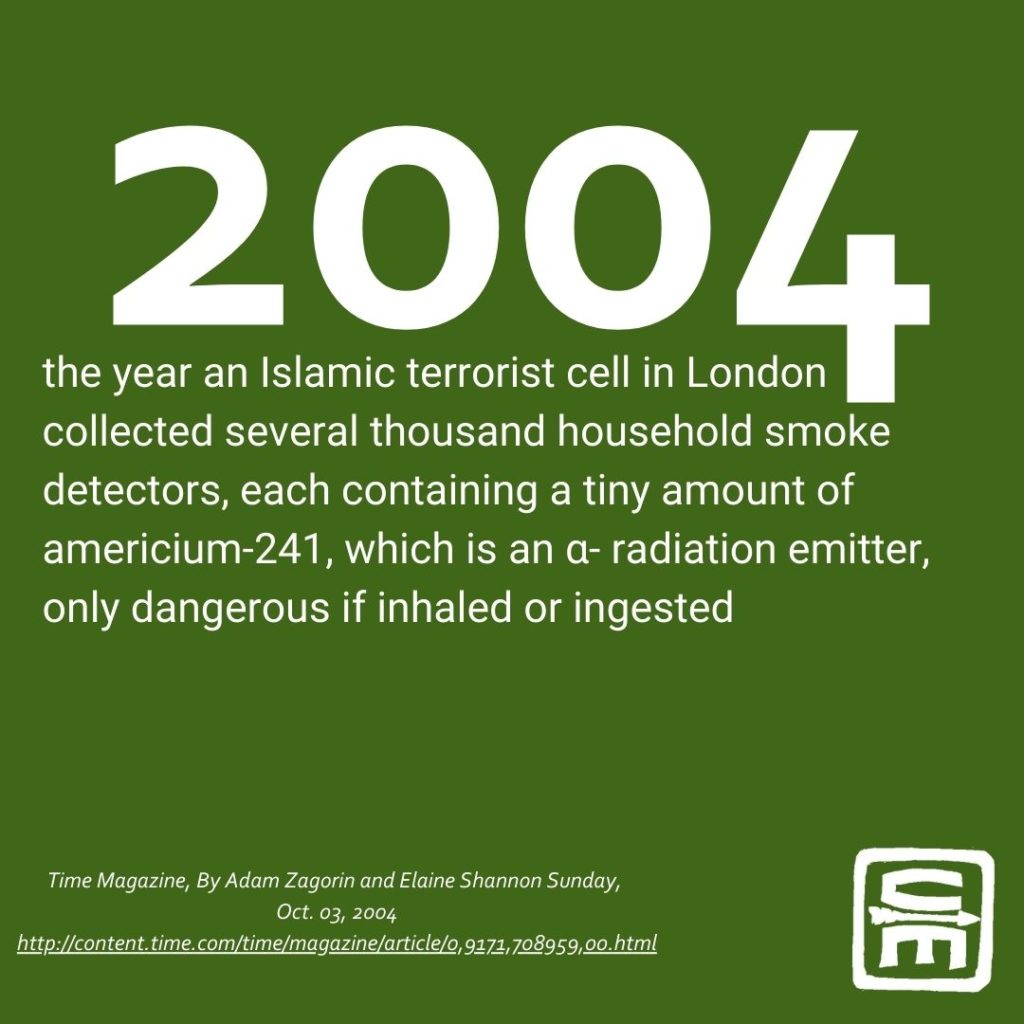
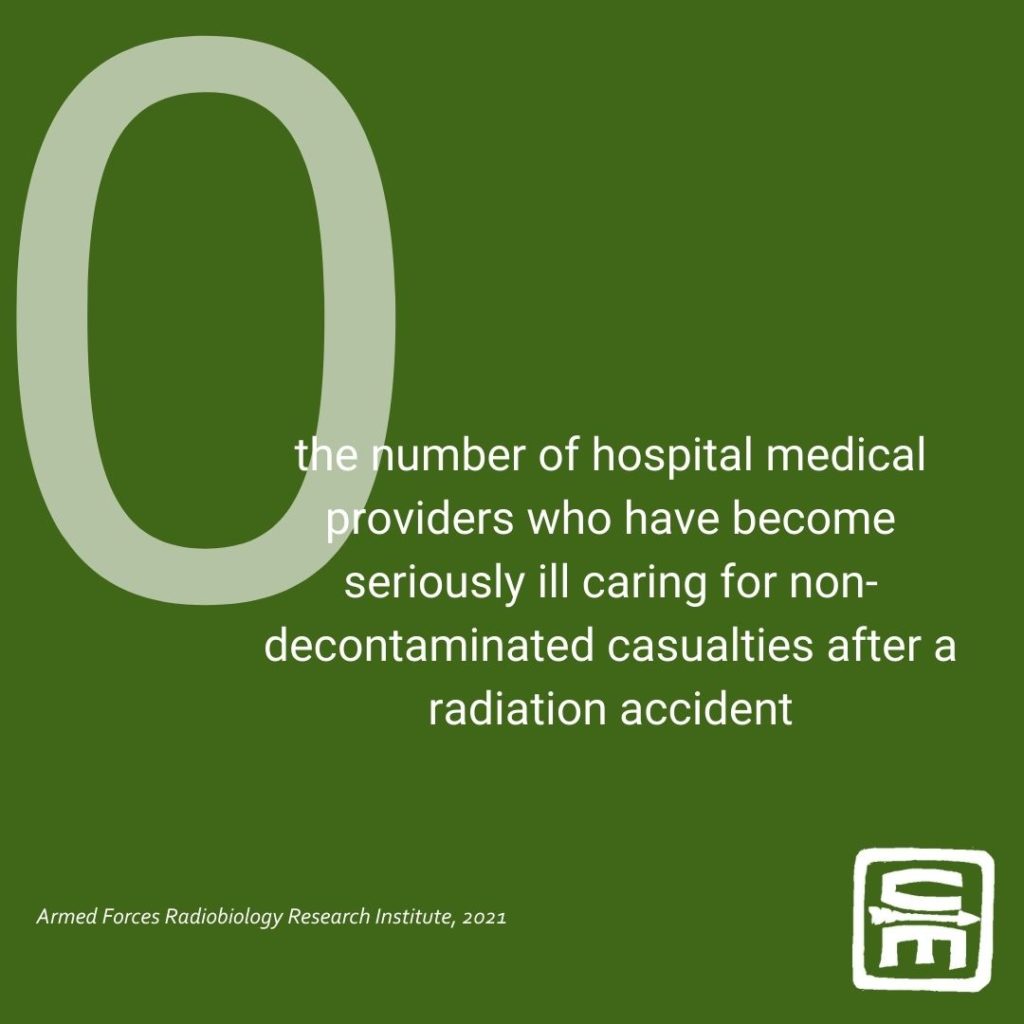
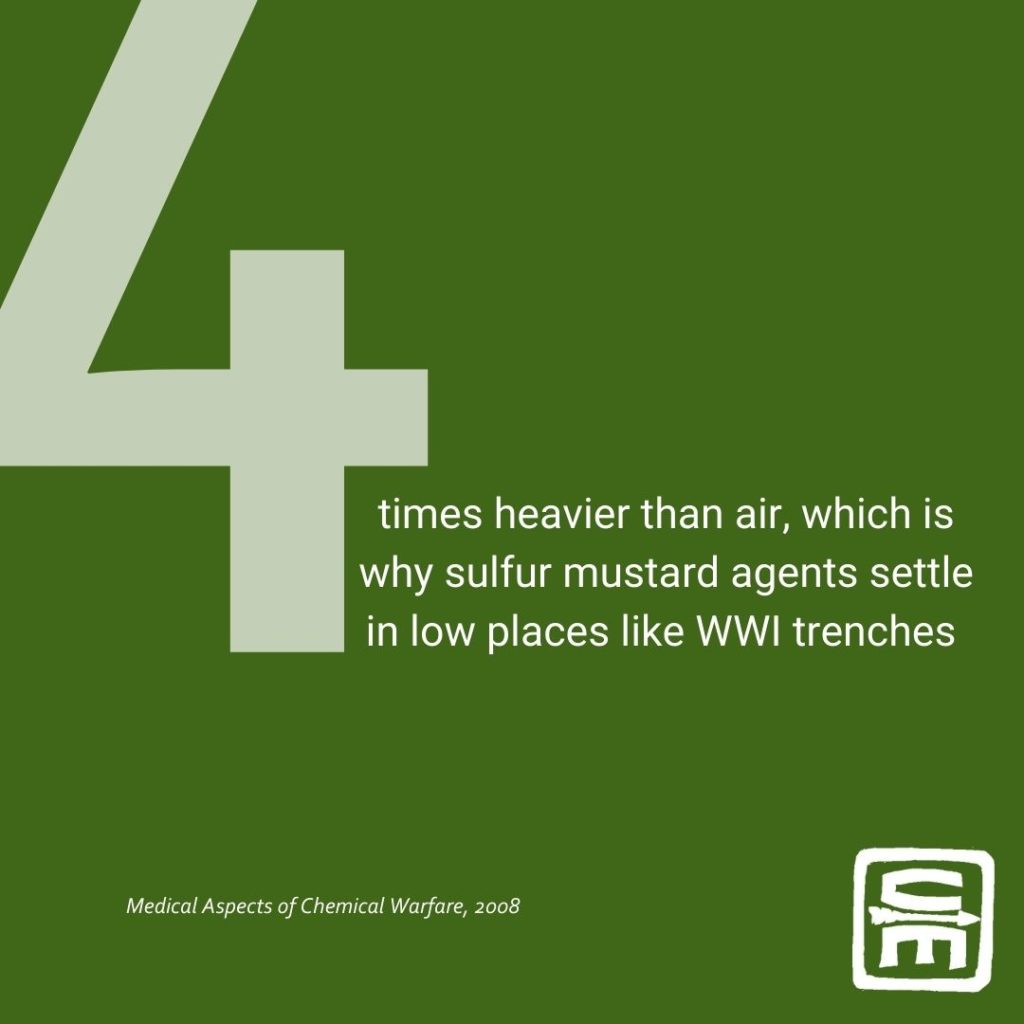
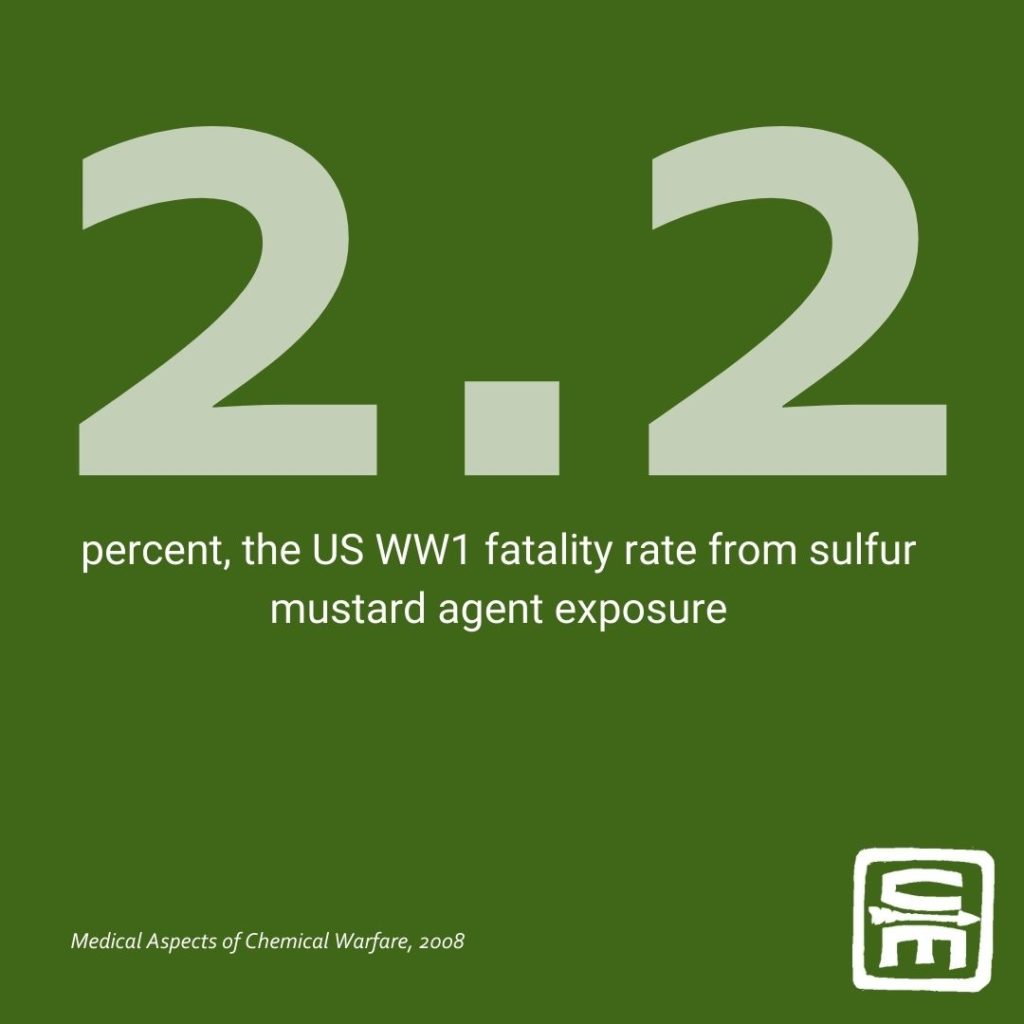
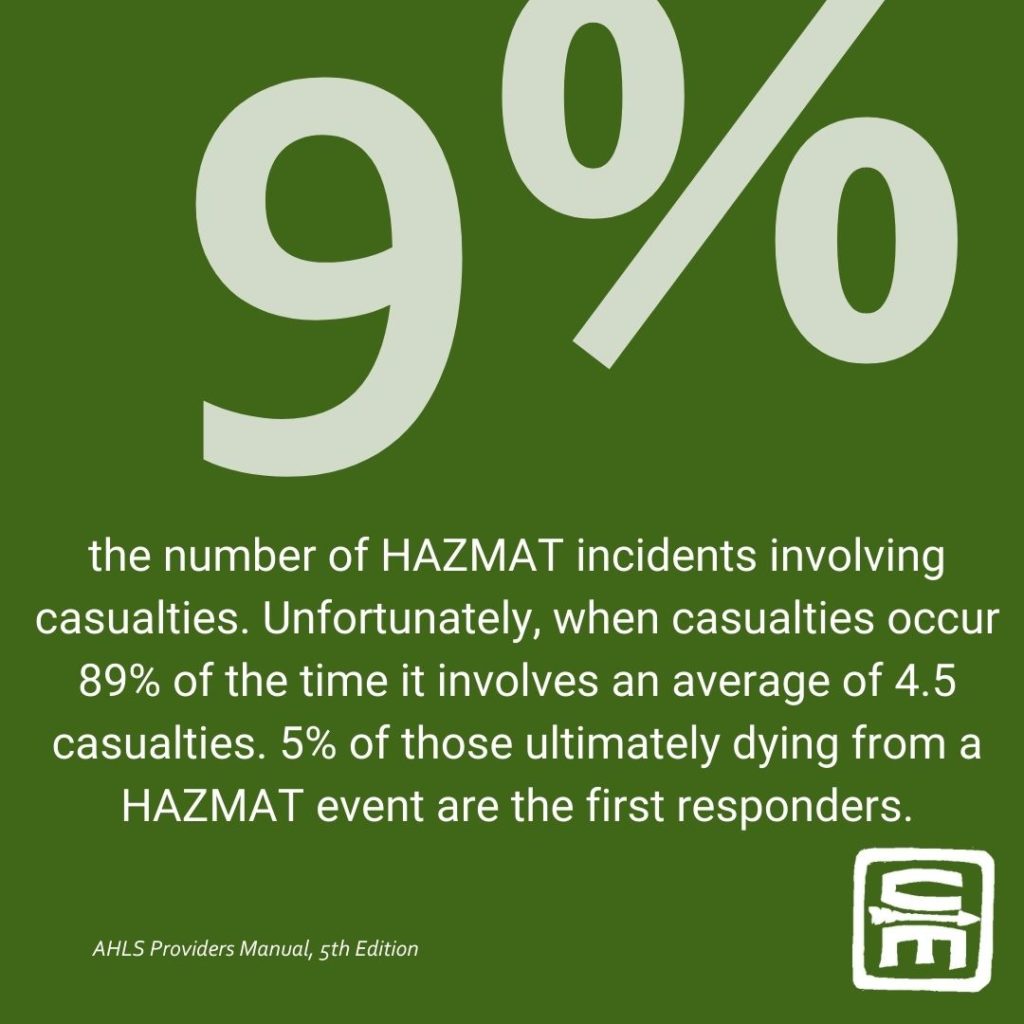
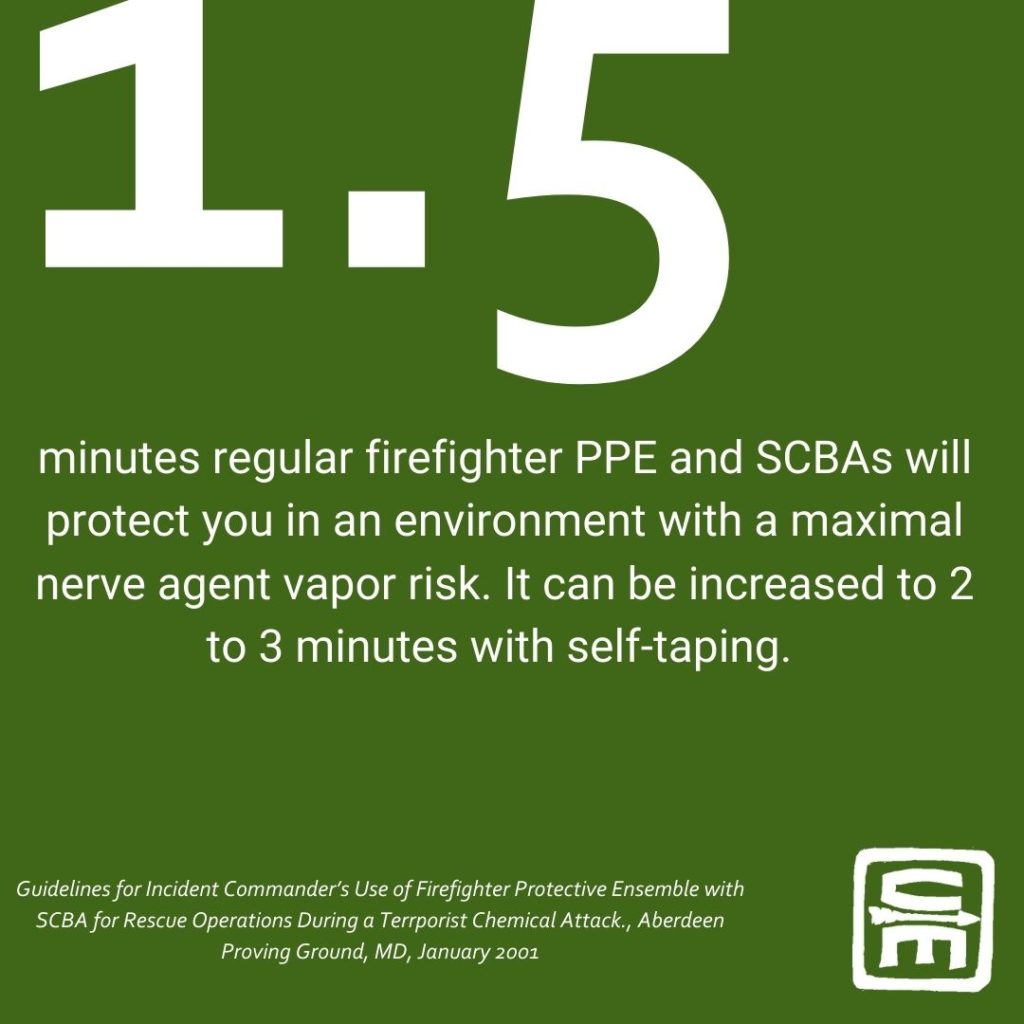
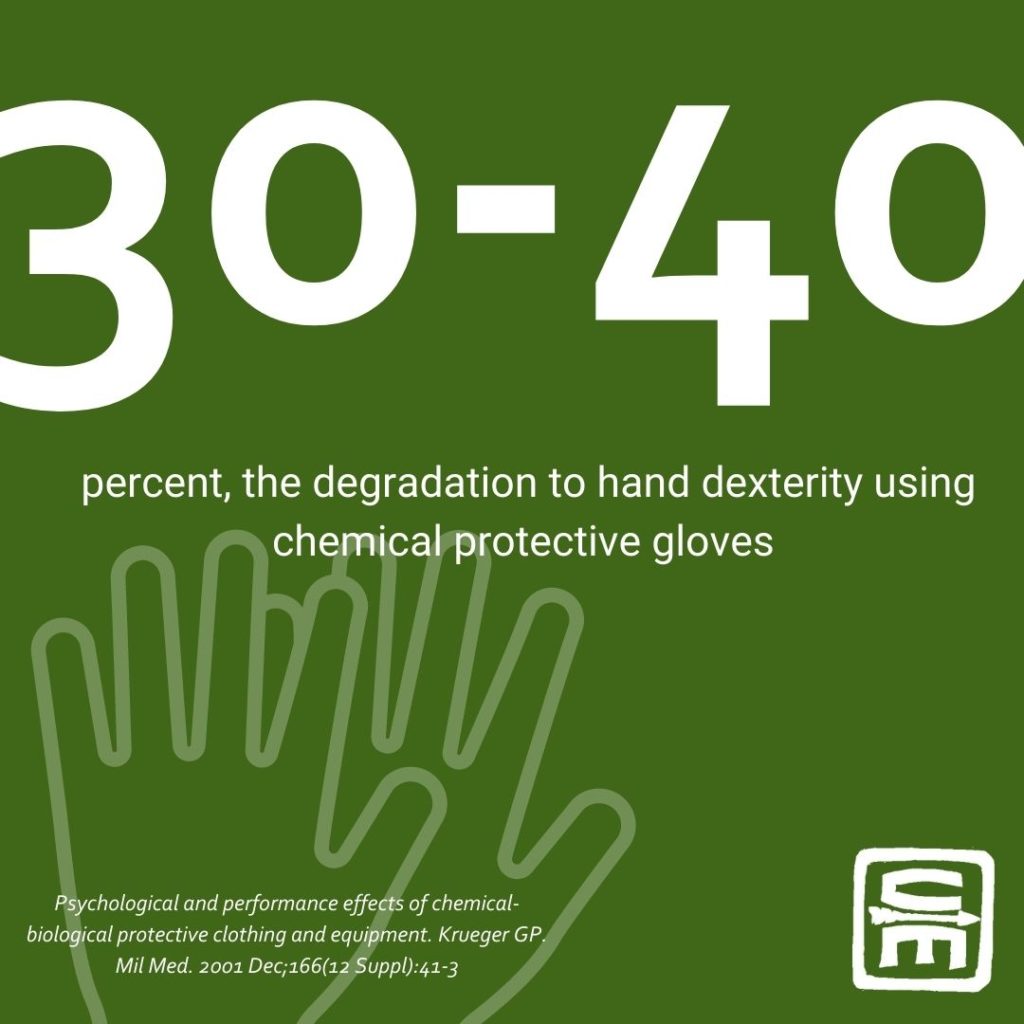
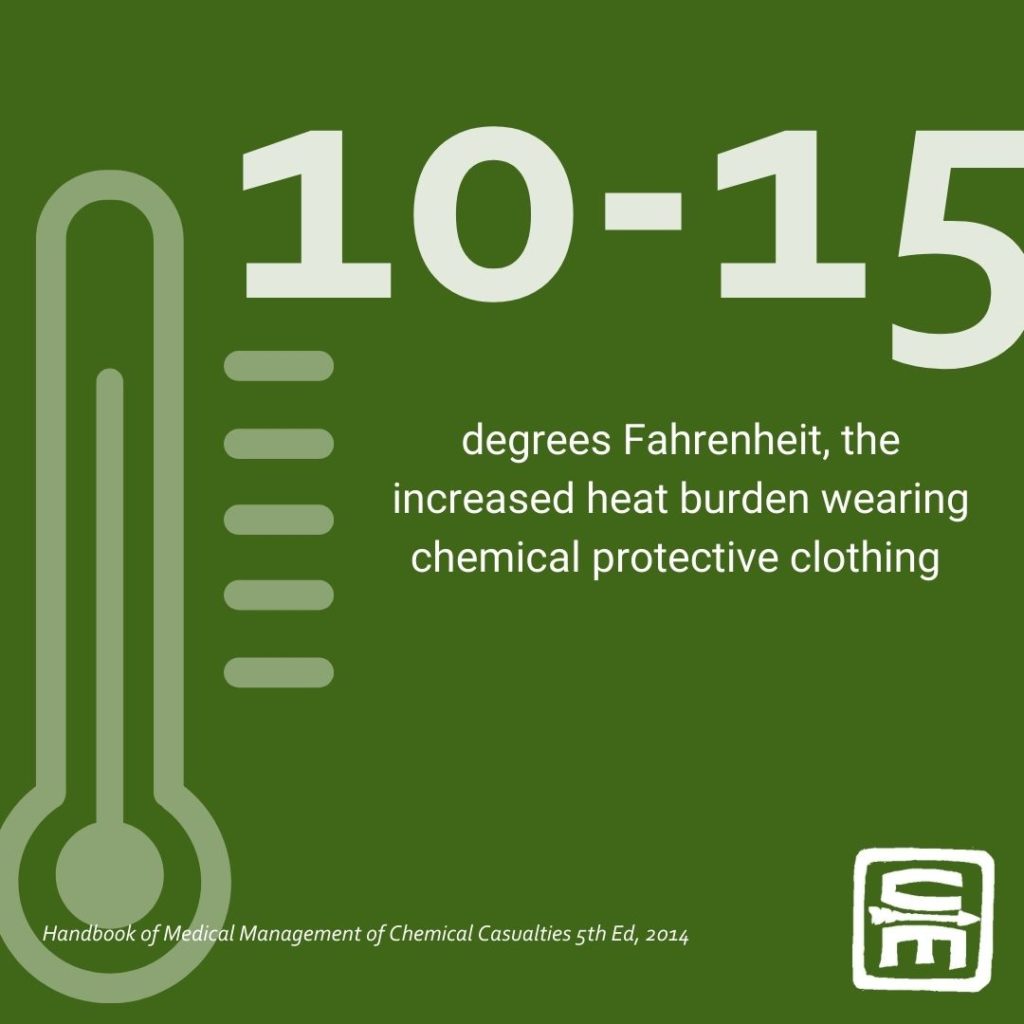
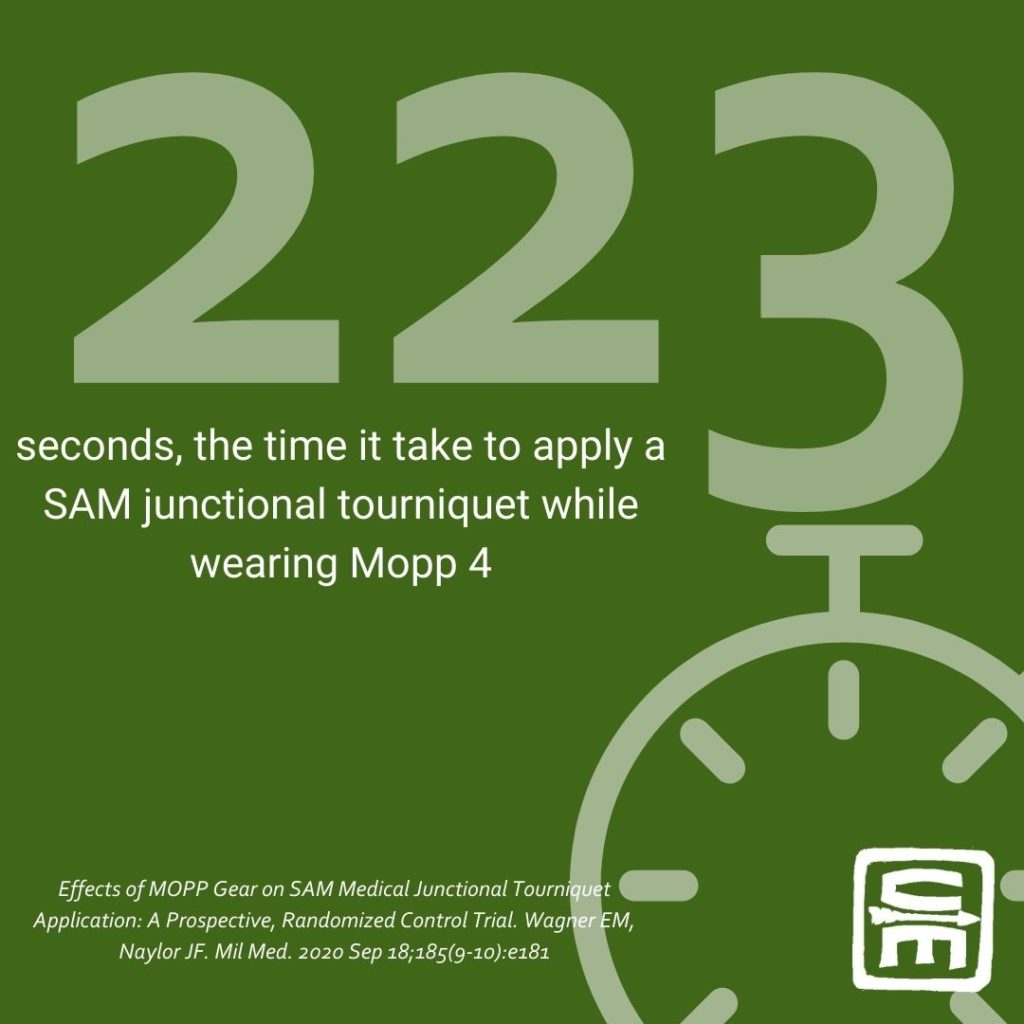
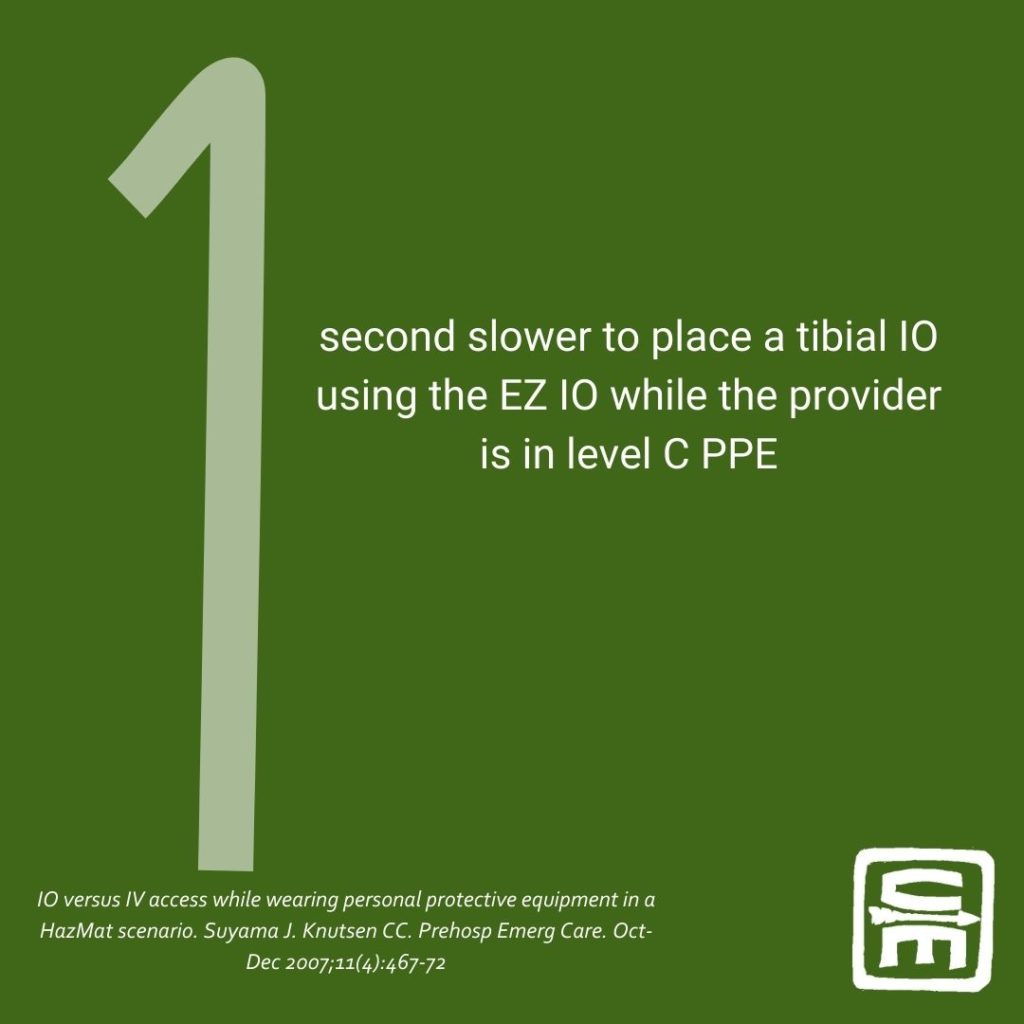
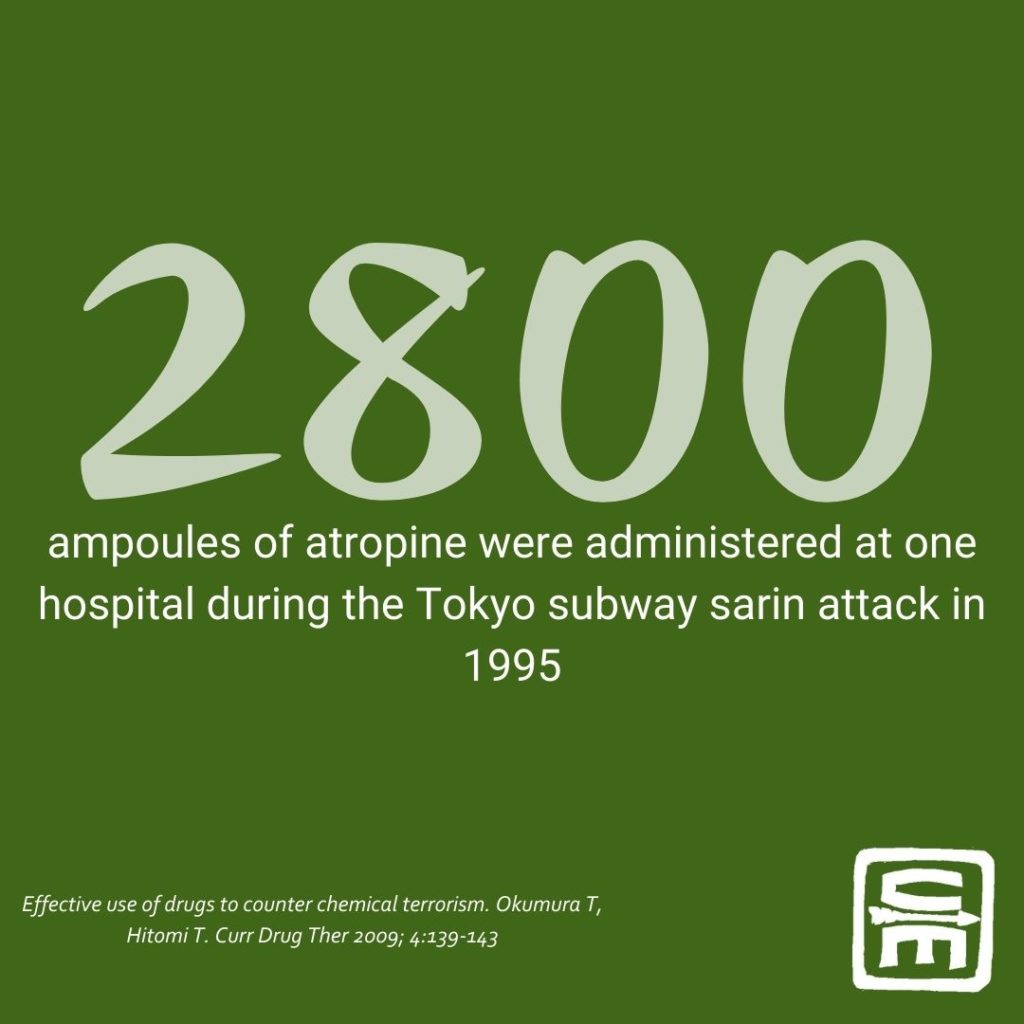

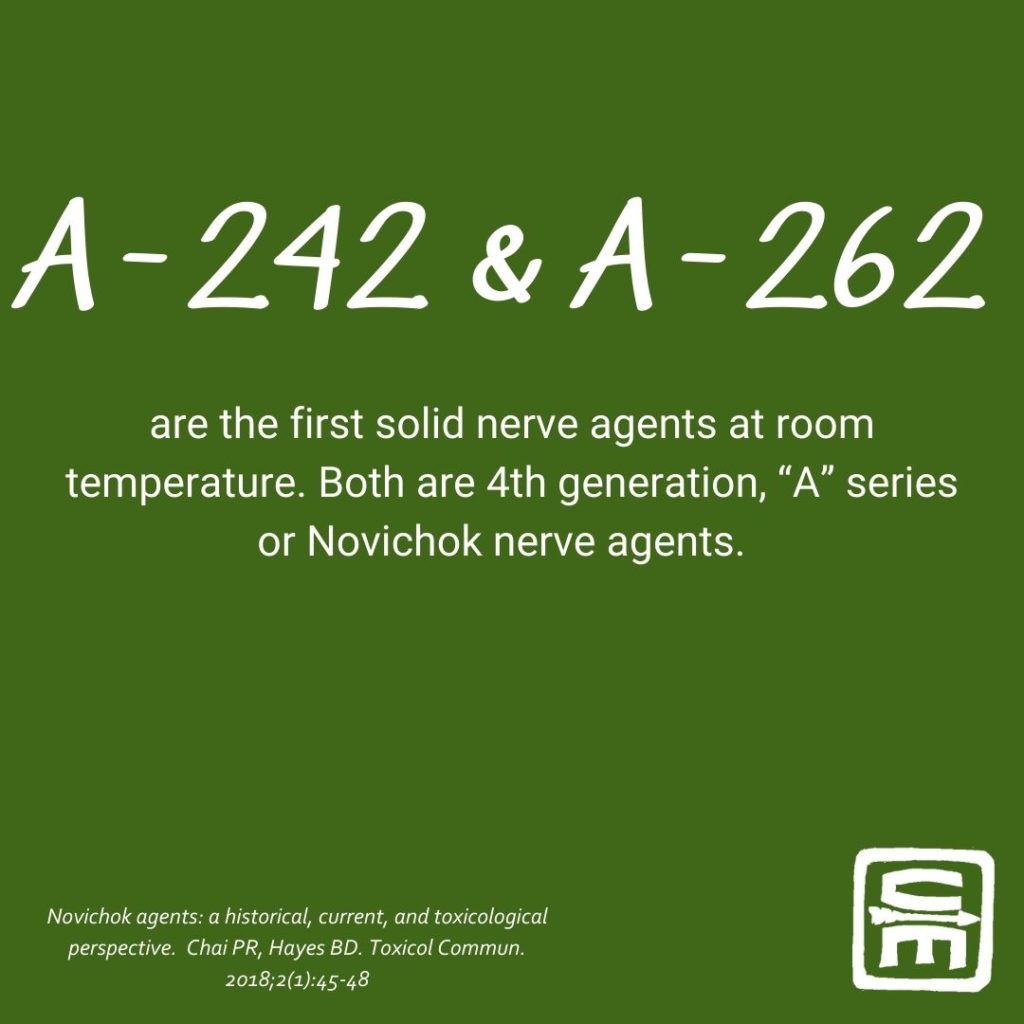
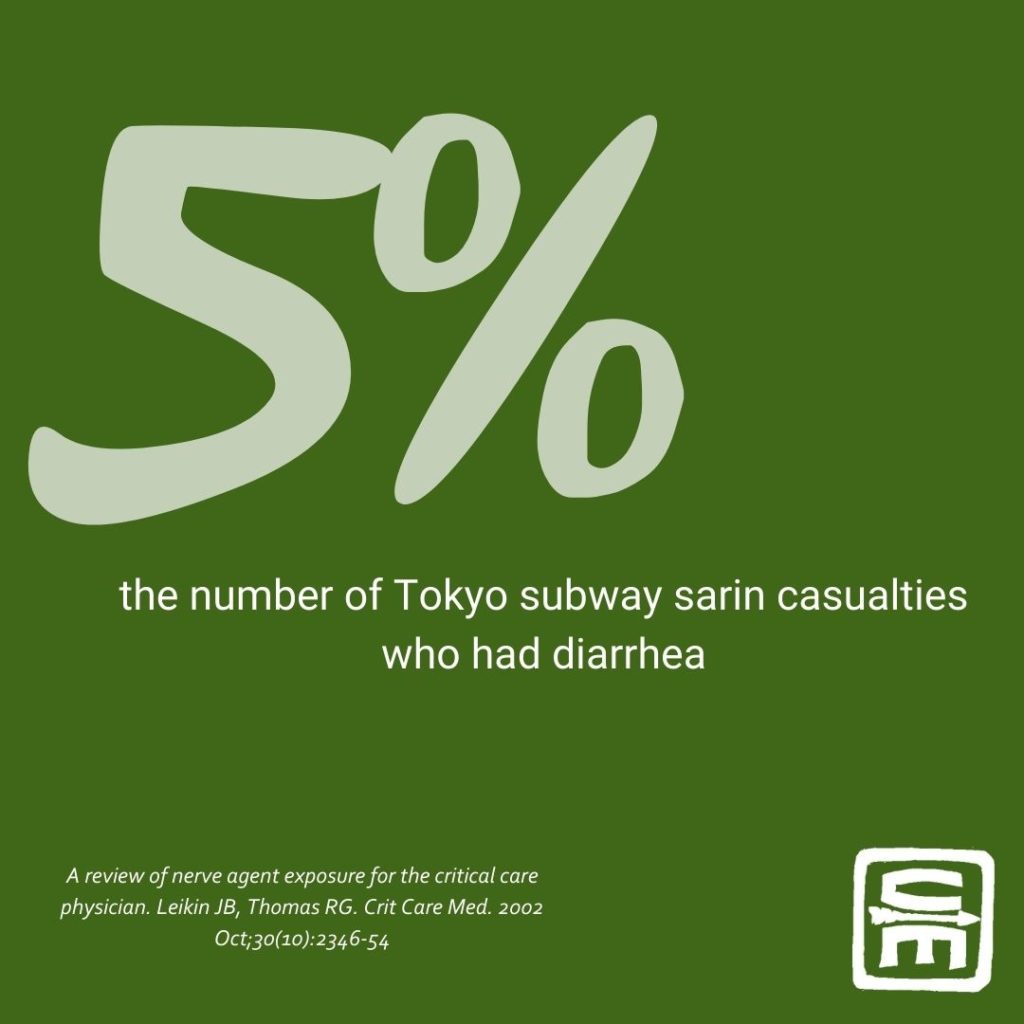
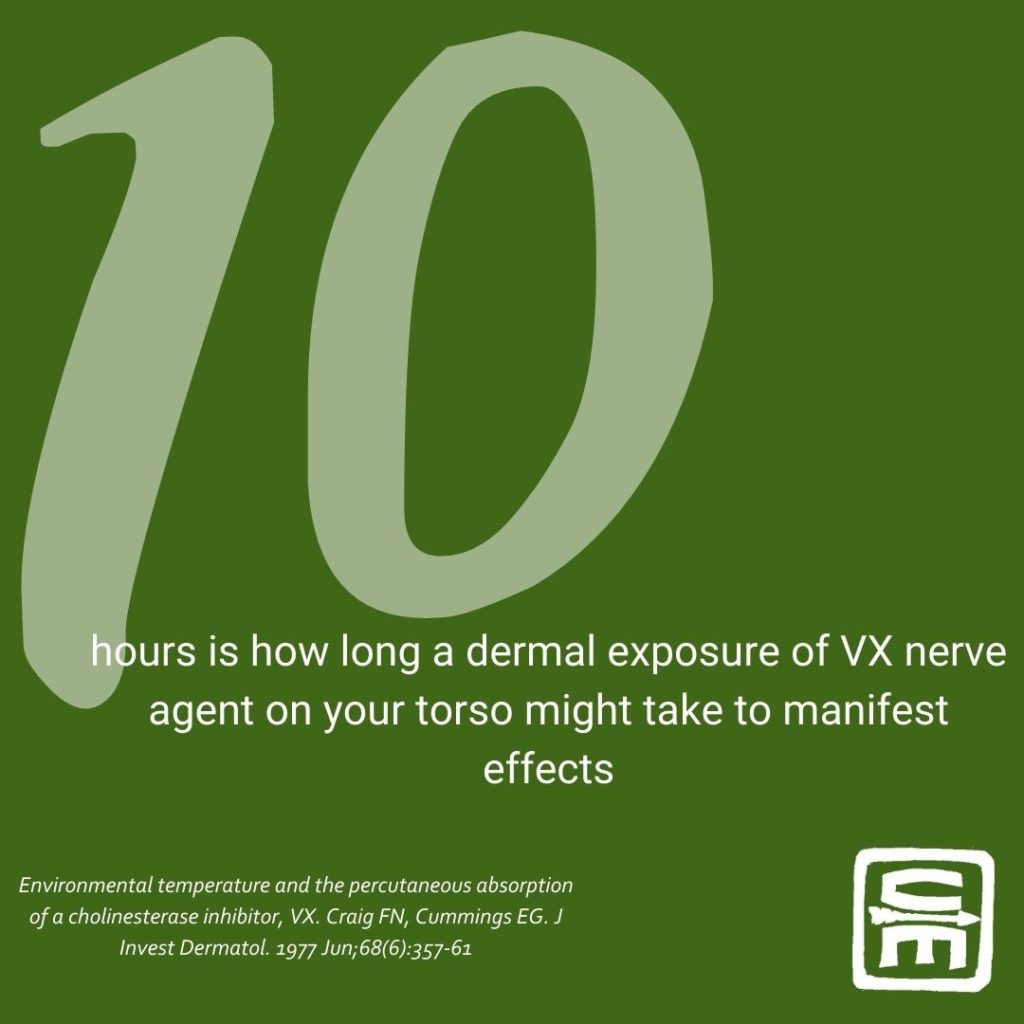
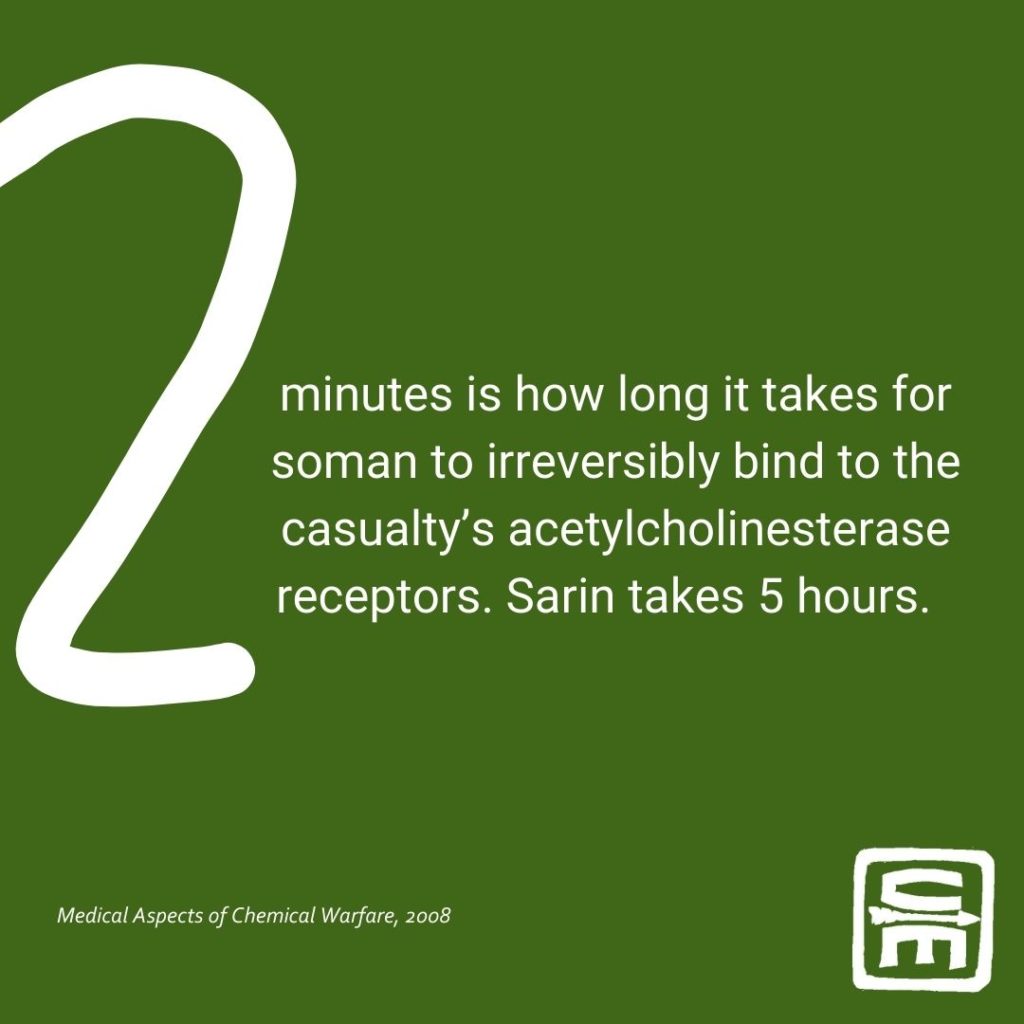
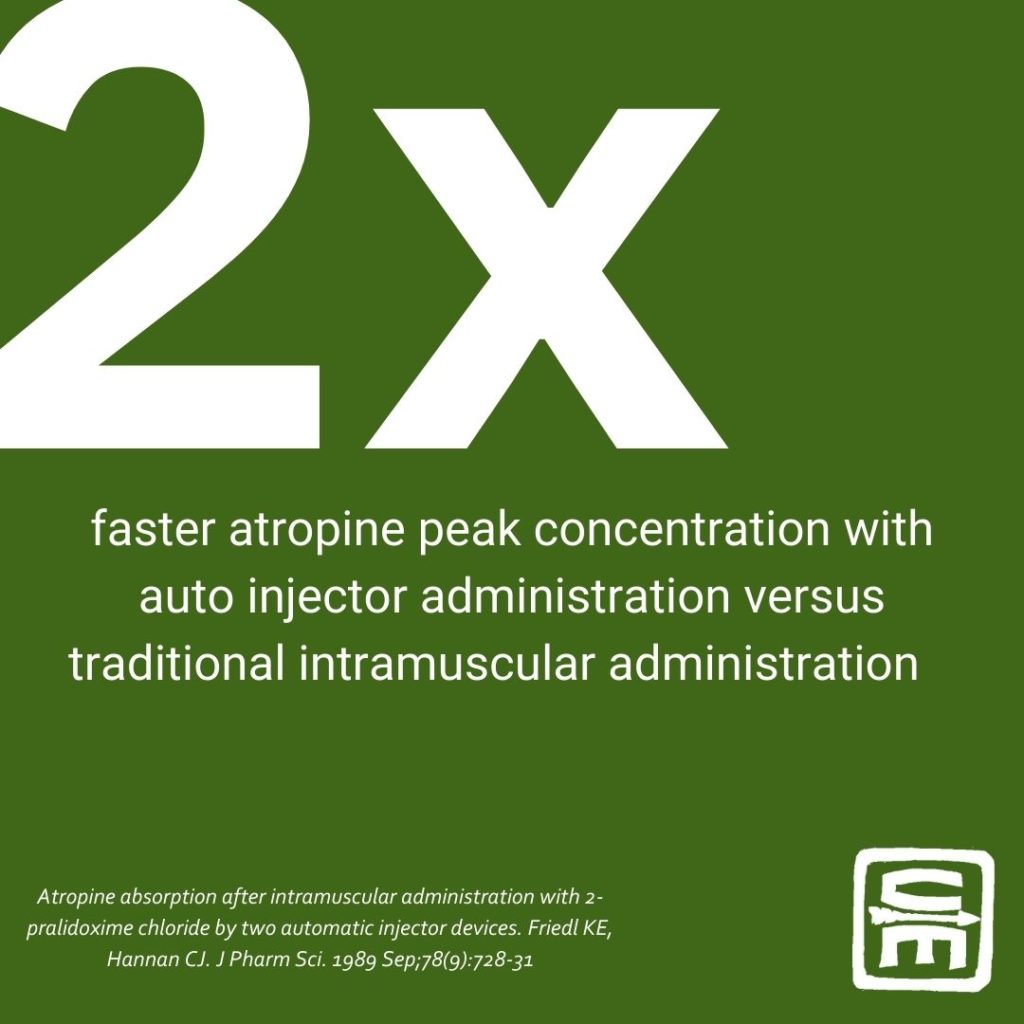
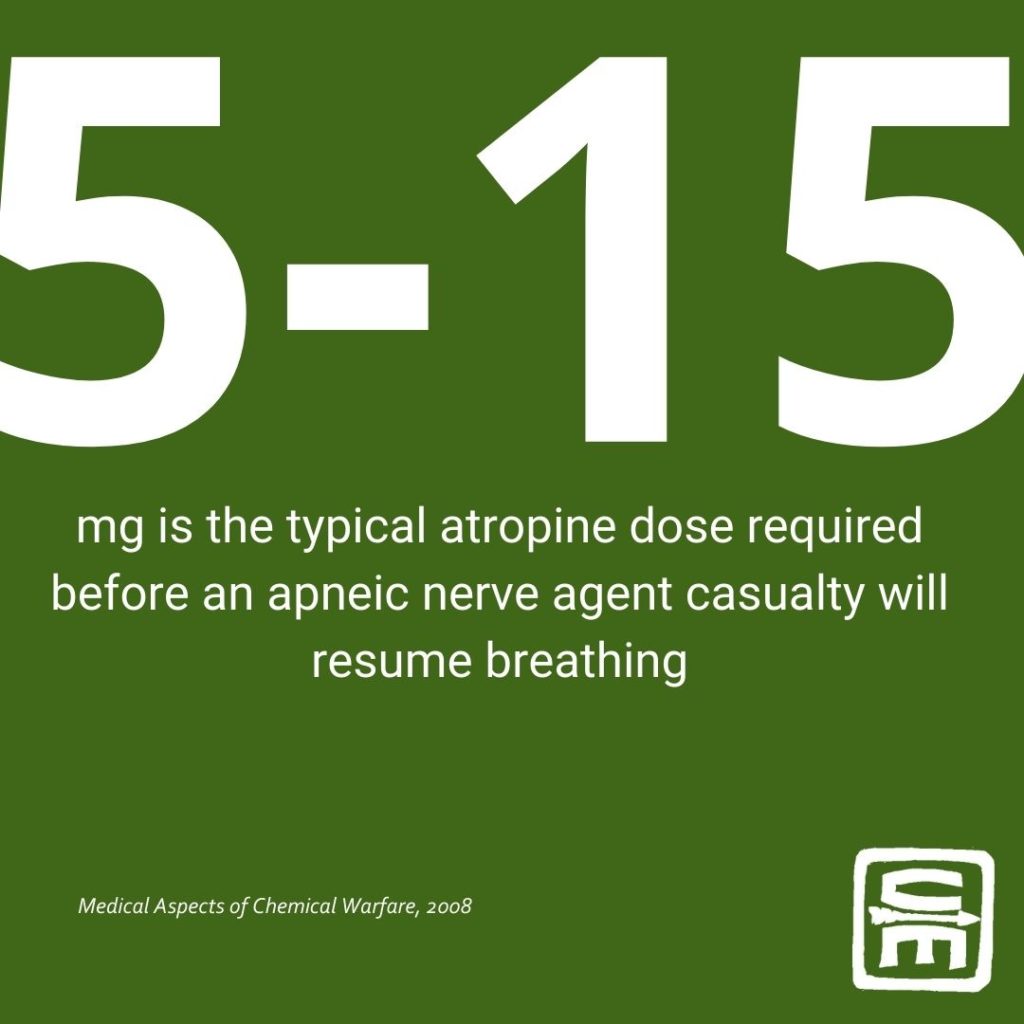
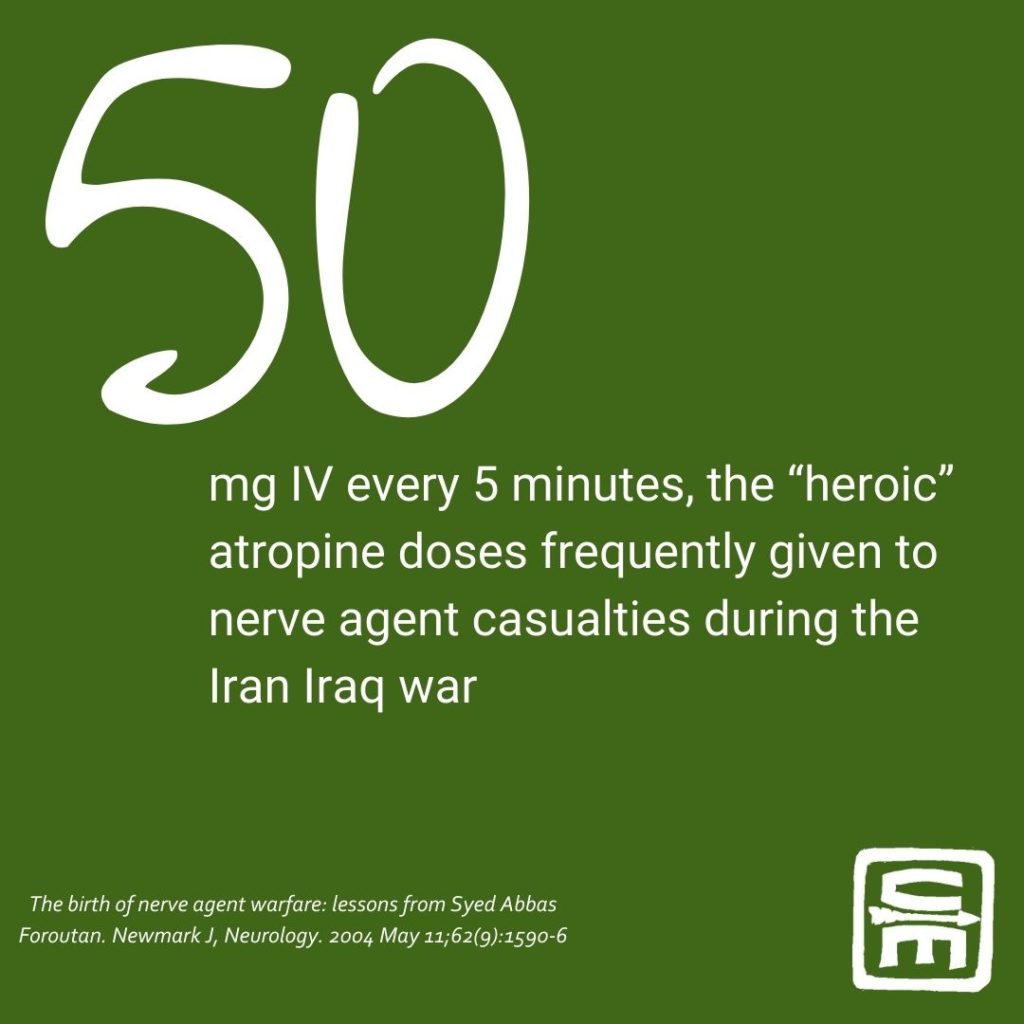
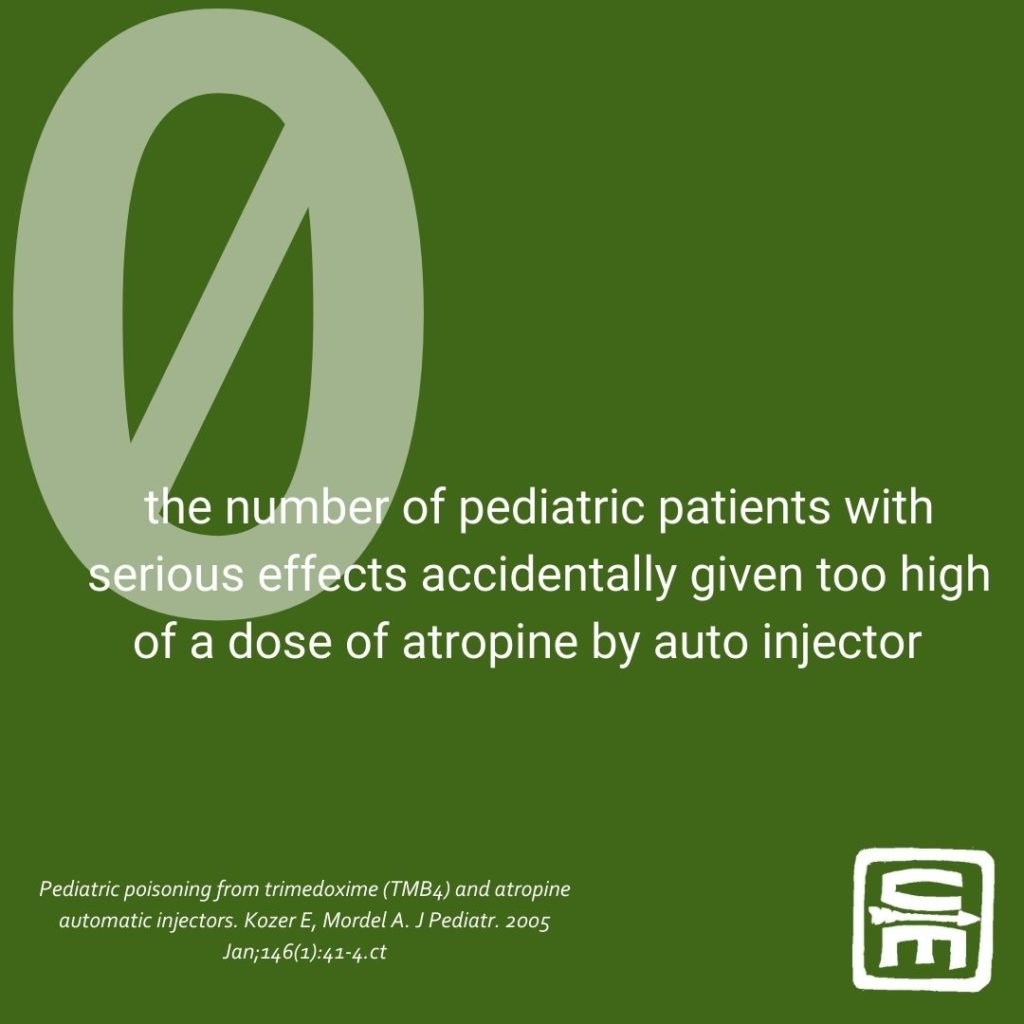
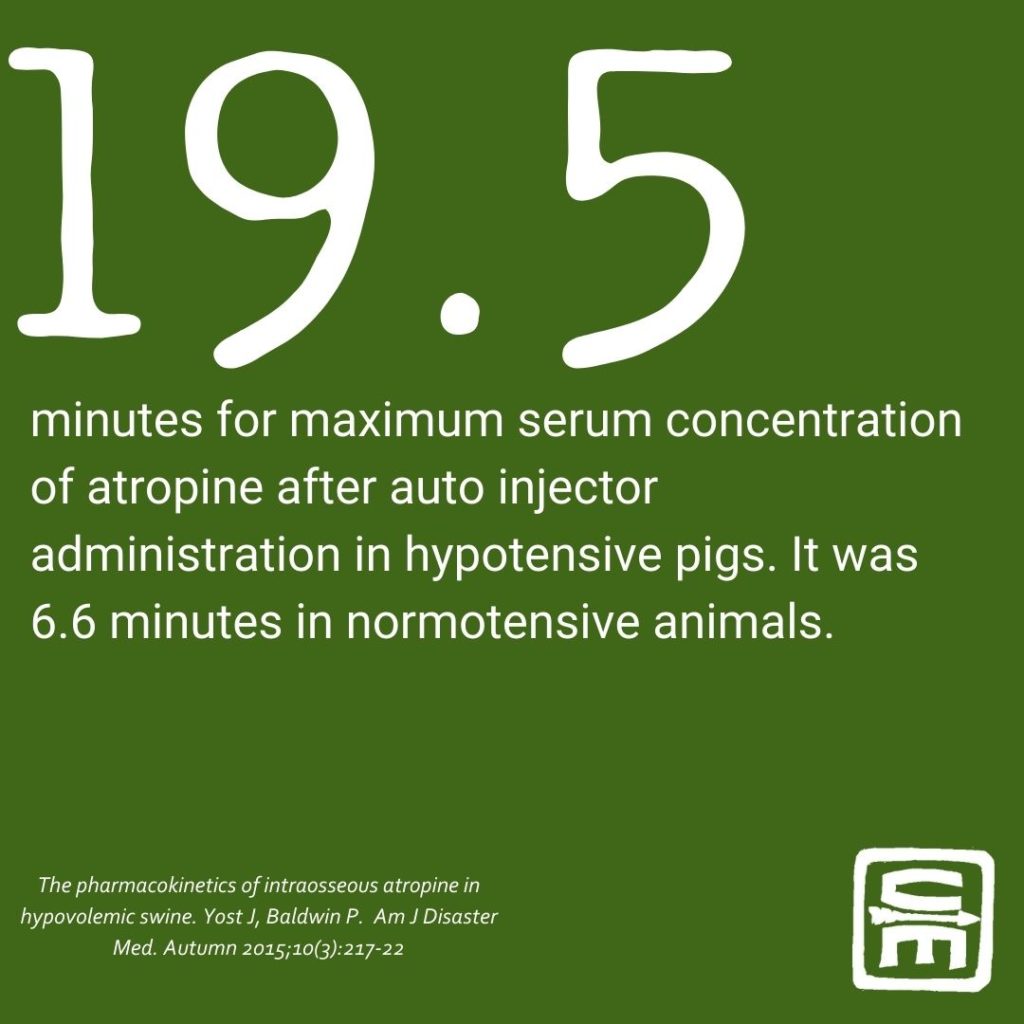
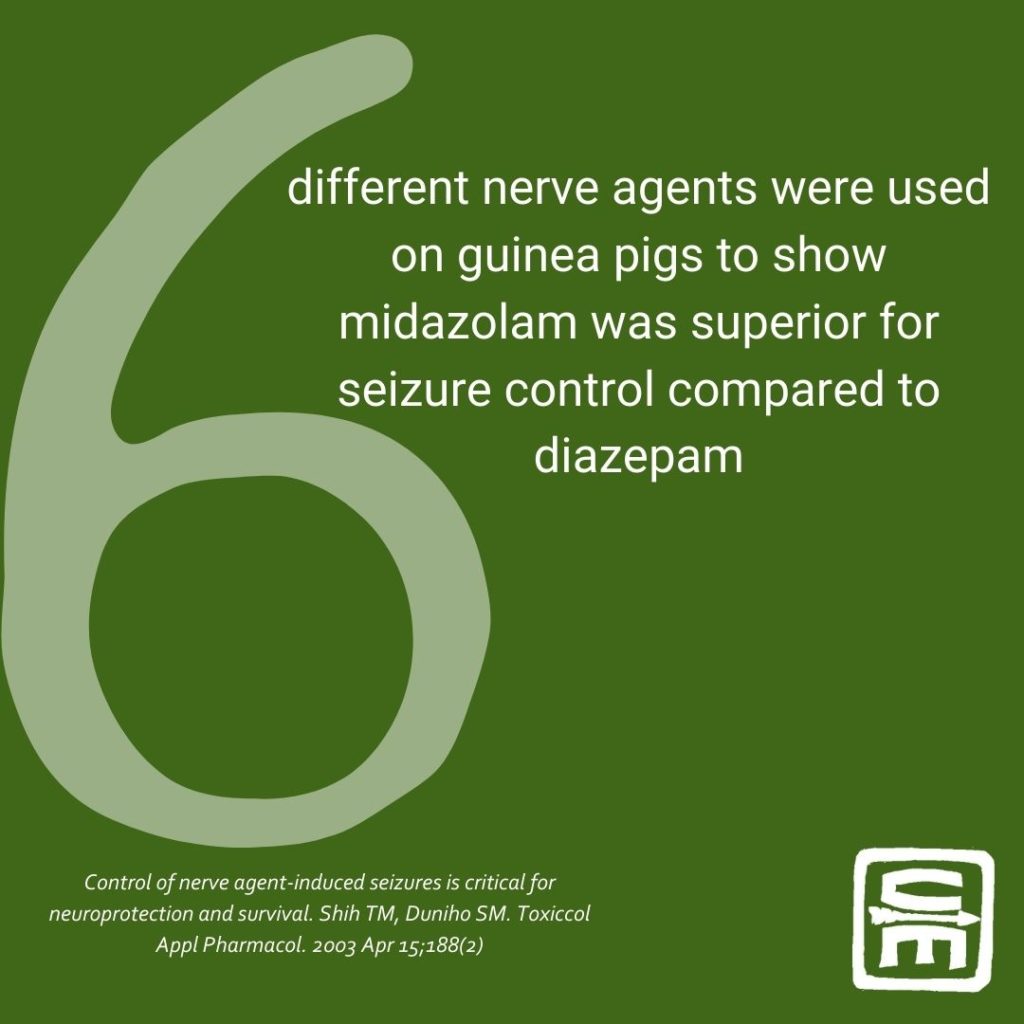
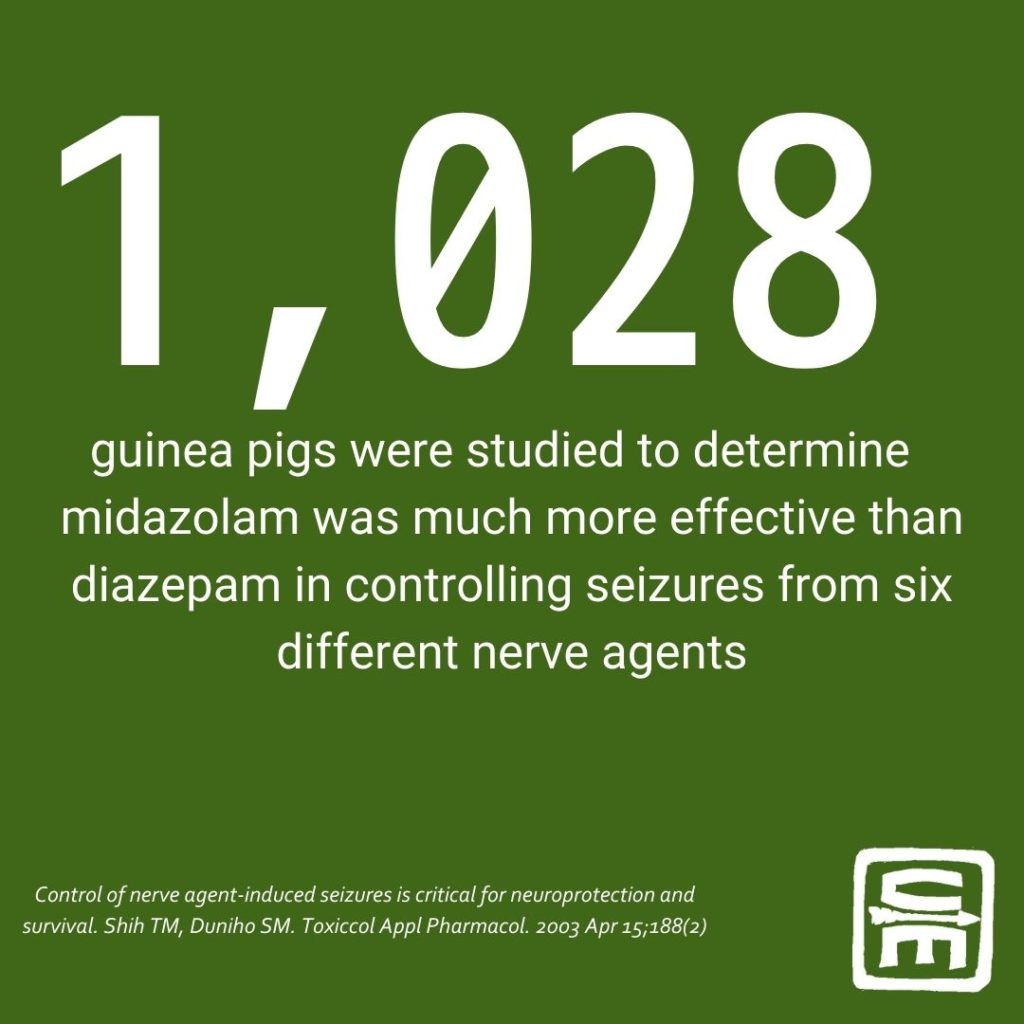
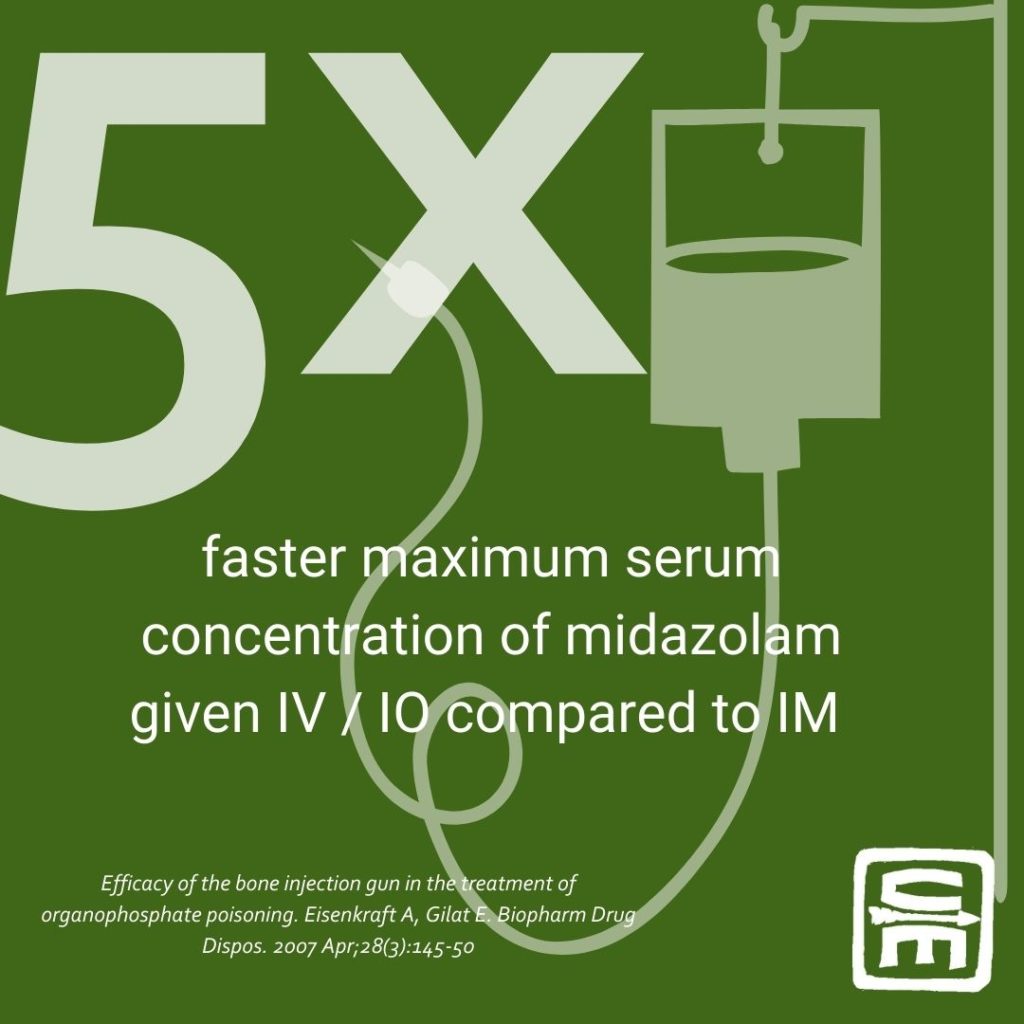
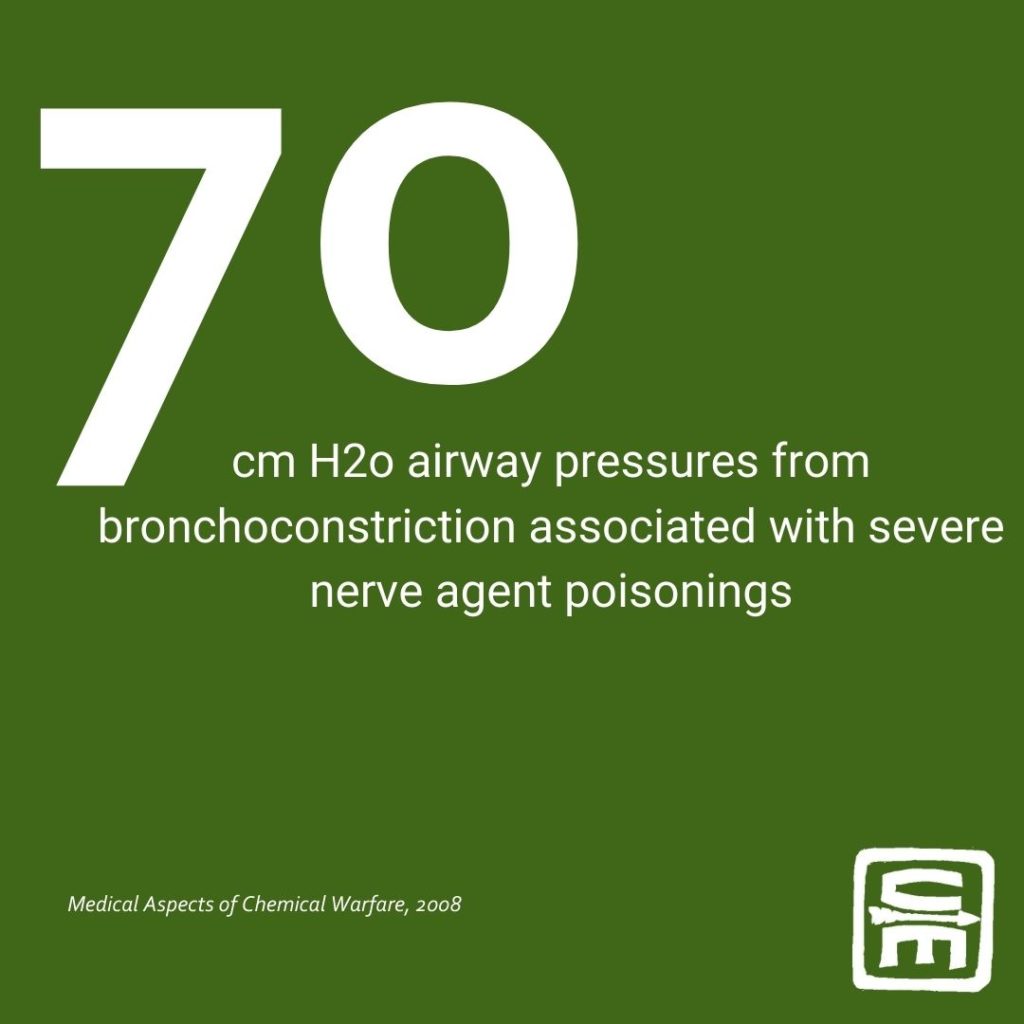
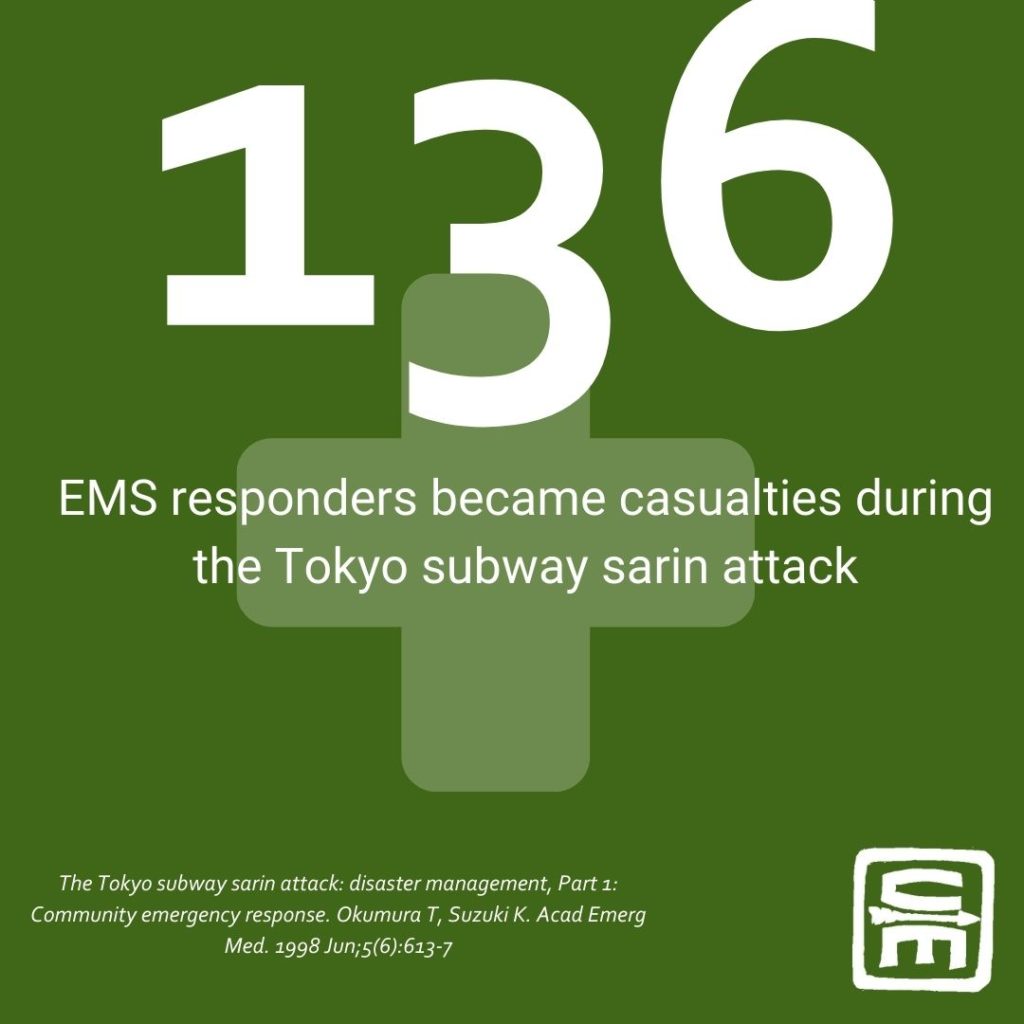
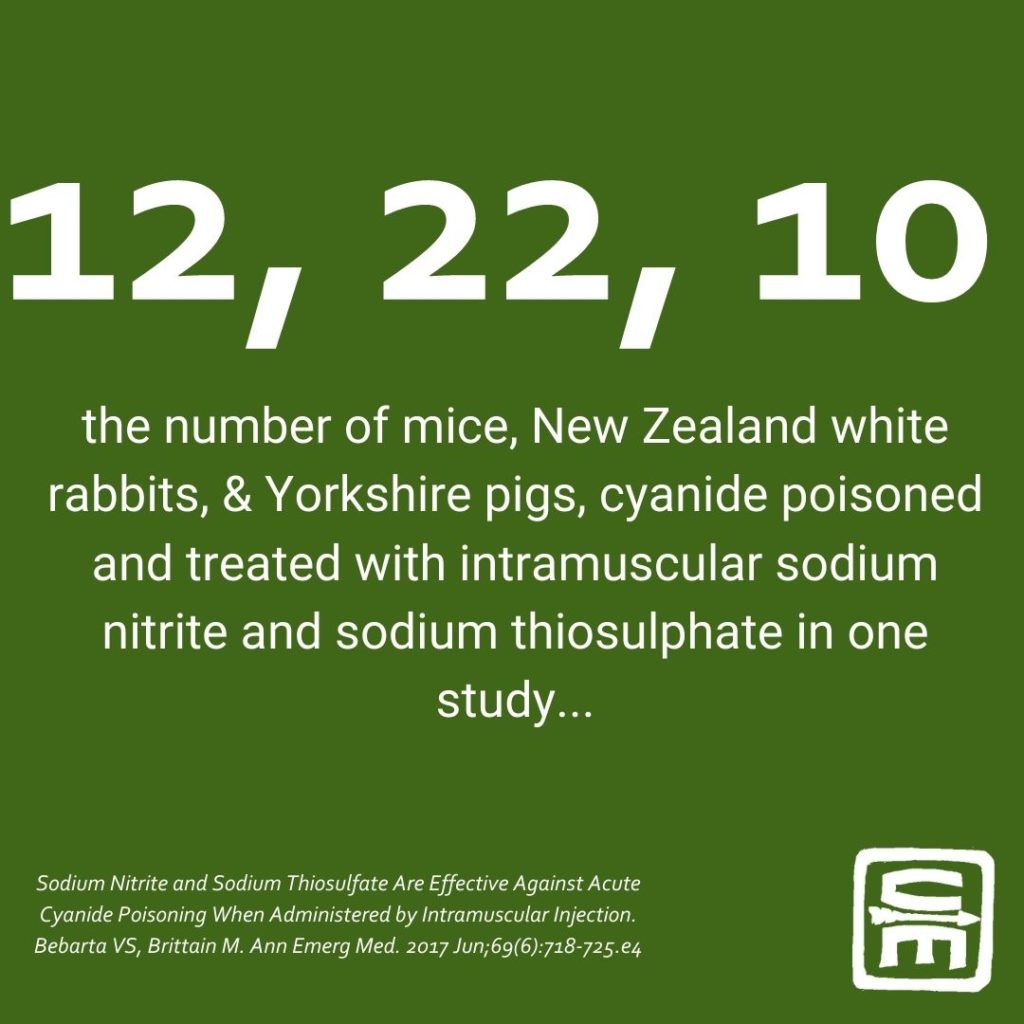
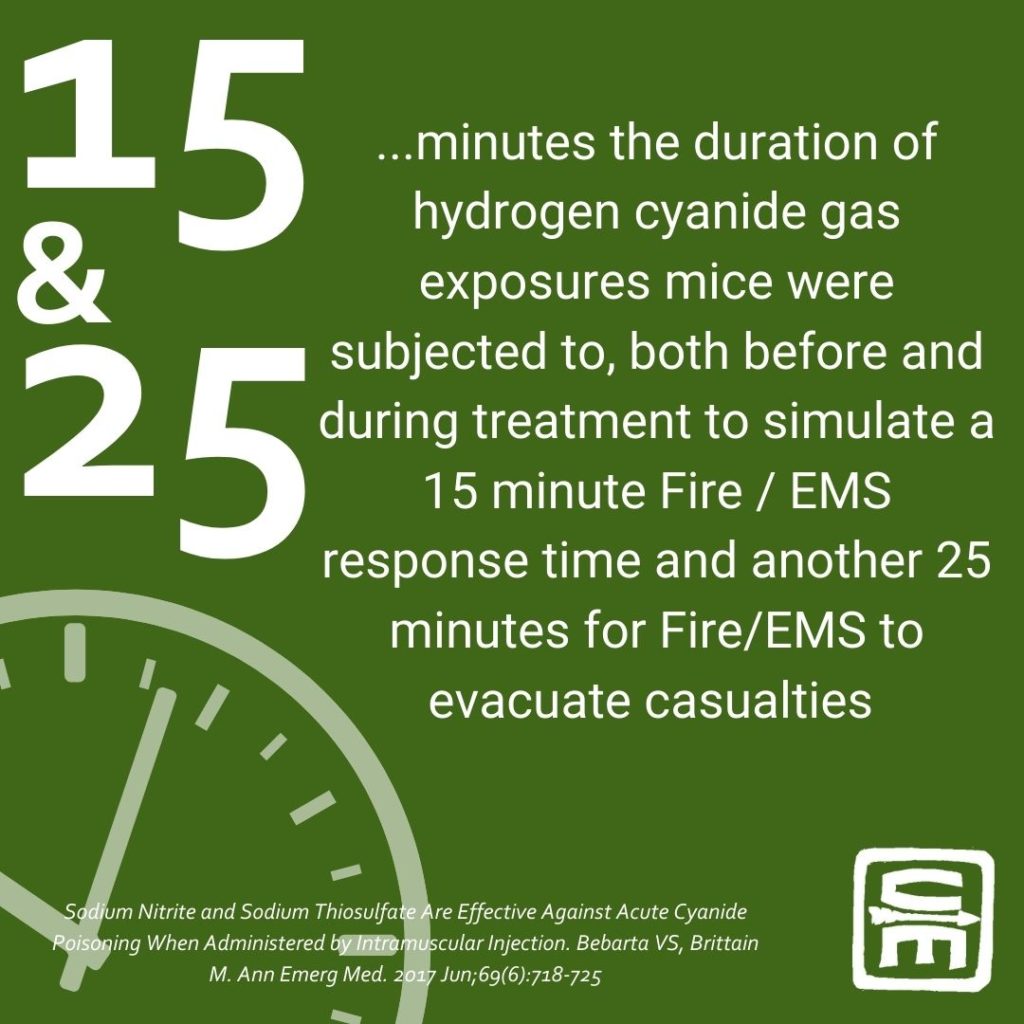
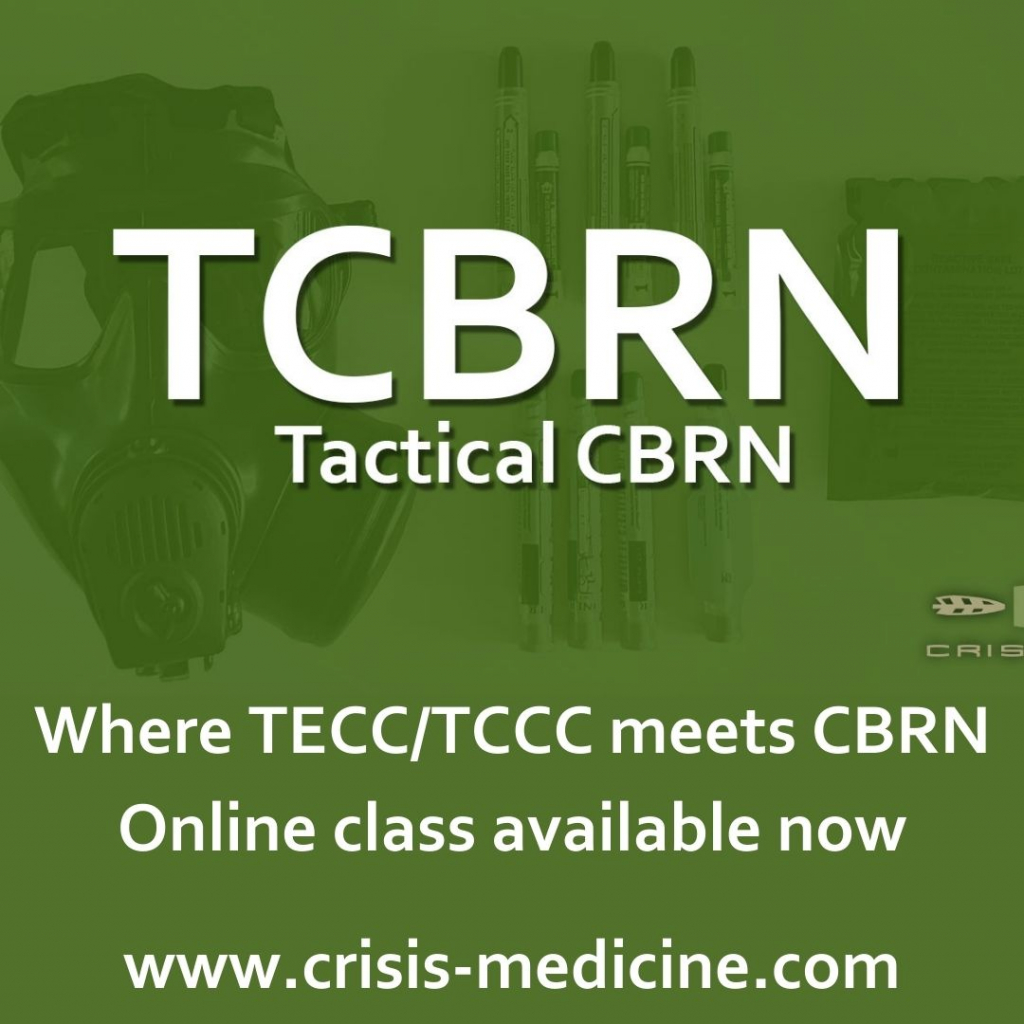
Interested in more Tactical-Chem-Bio-Rad-Nuc?
- You might also check out the article on Why is CBRN Relevant Now
- A discussion of the Tokyo Nerve Agent MCI
- A discussion of the Russian agent Novichok
- Soviet-era planning for CBRN USSR Civil Defense CBRN Kits “Aptechka”
- And why the medical literature relies on certain species for CBRN testing
Dr. Mike Shertz is the Owner and Lead Instructor at Crisis Medicine. Dr. Shertz is a dual-boarded Emergency Medicine and EMS physician, having spent over 30 years gaining the experience and insight to create and provide his comprehensive, science-informed, training to better prepare everyday citizens, law enforcement, EMS, and the military to manage casualties and wounded in high-risk environments. Drawing on his prior experience as an Army Special Forces medic (18D), two decades as an armed, embedded tactical medic on a regional SWAT team, and as a Fire Service and EMS medical director.
Using a combination of current and historical events, Dr. Shertz’s lectures include relevant, illustrative photos, as well as hands-on demonstrations to demystify the how, why, when to use each emergency medical procedure you need to become a Force Multiplier for Good.



